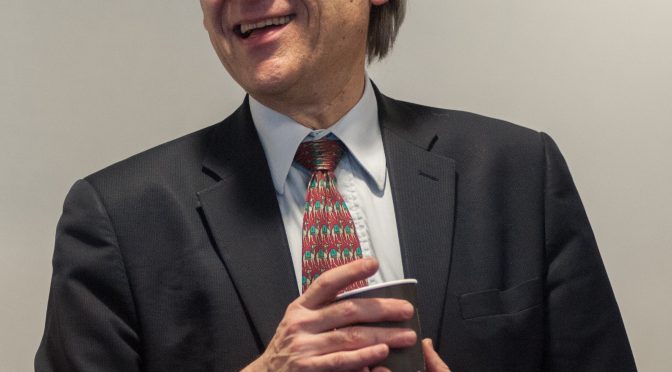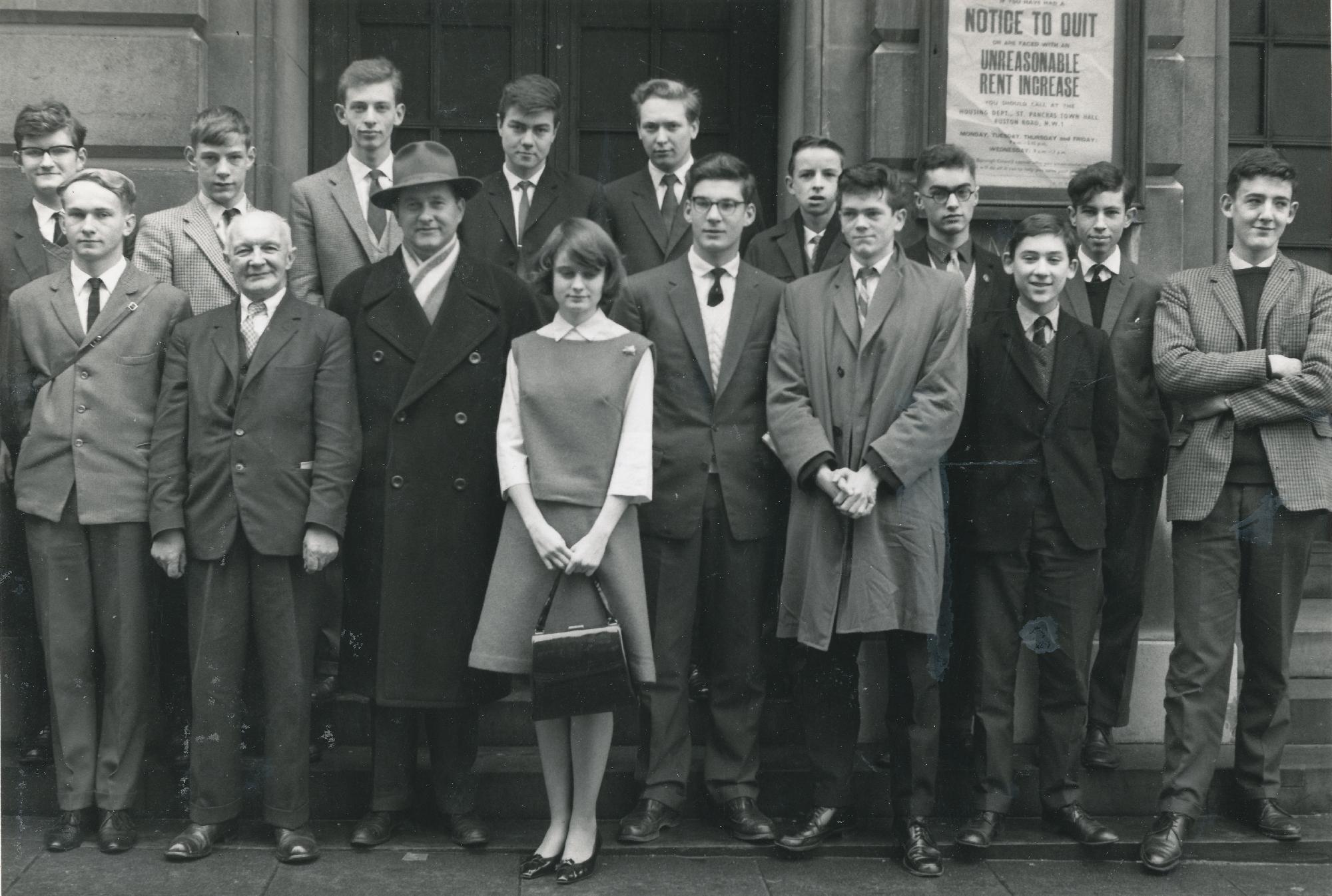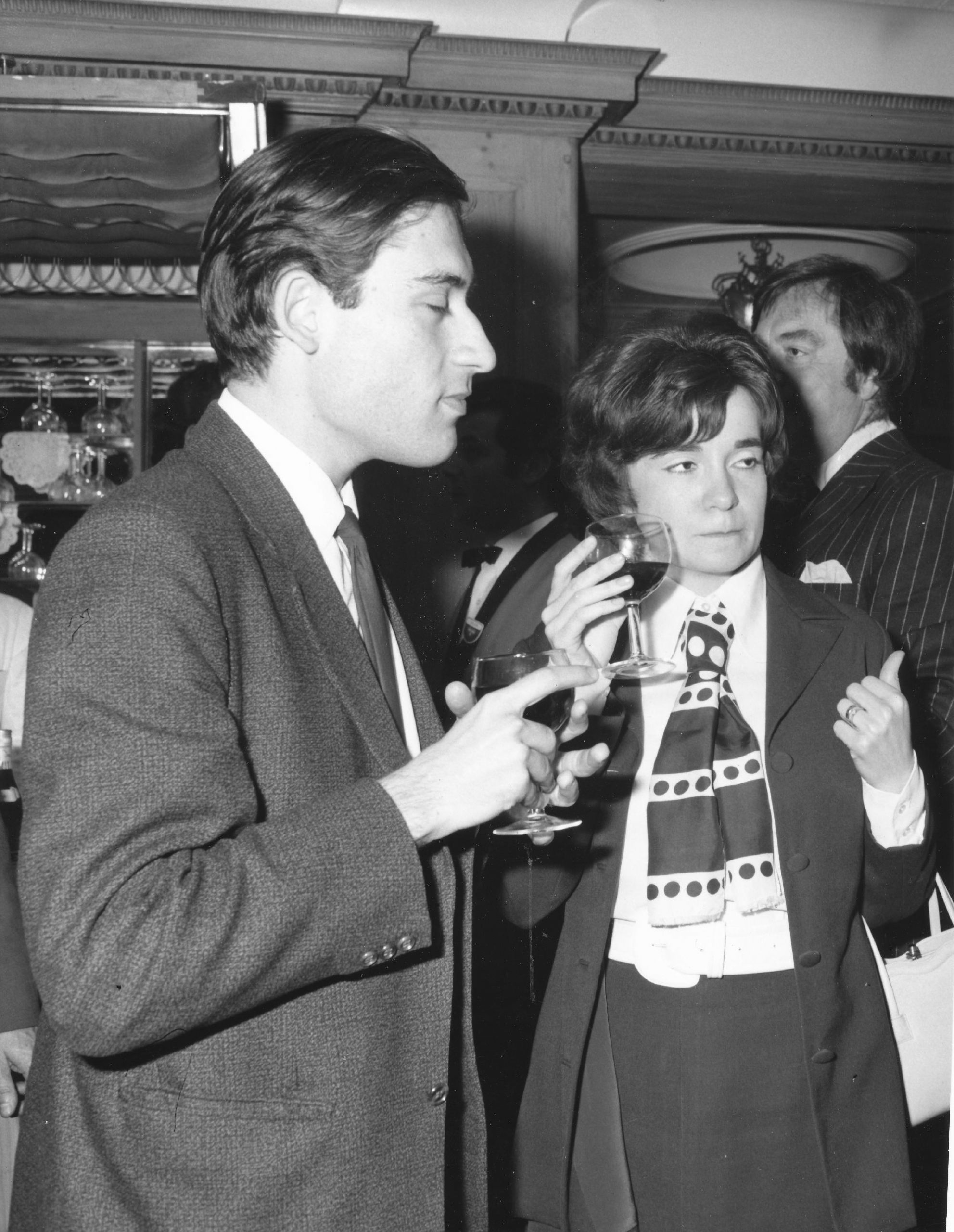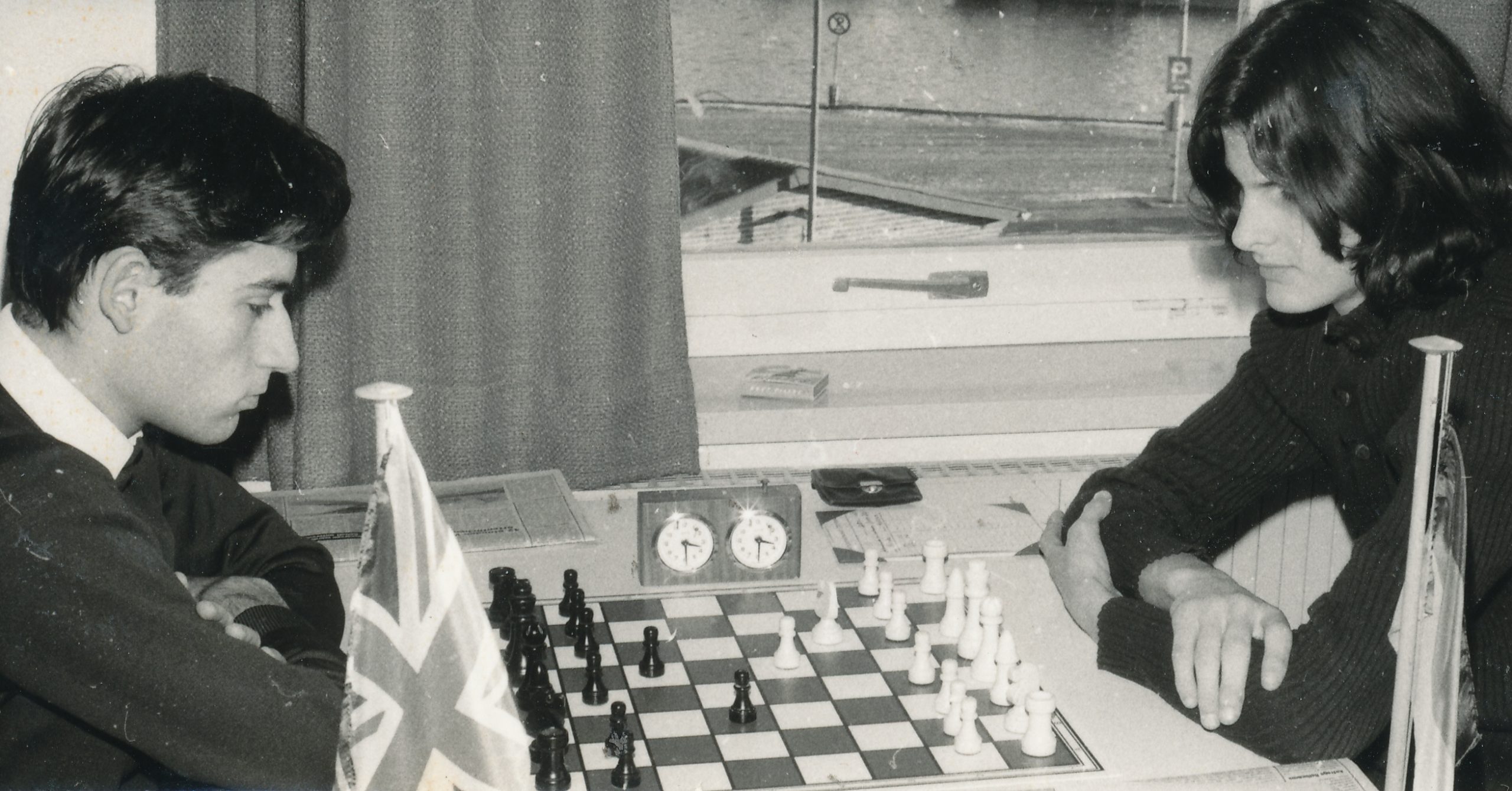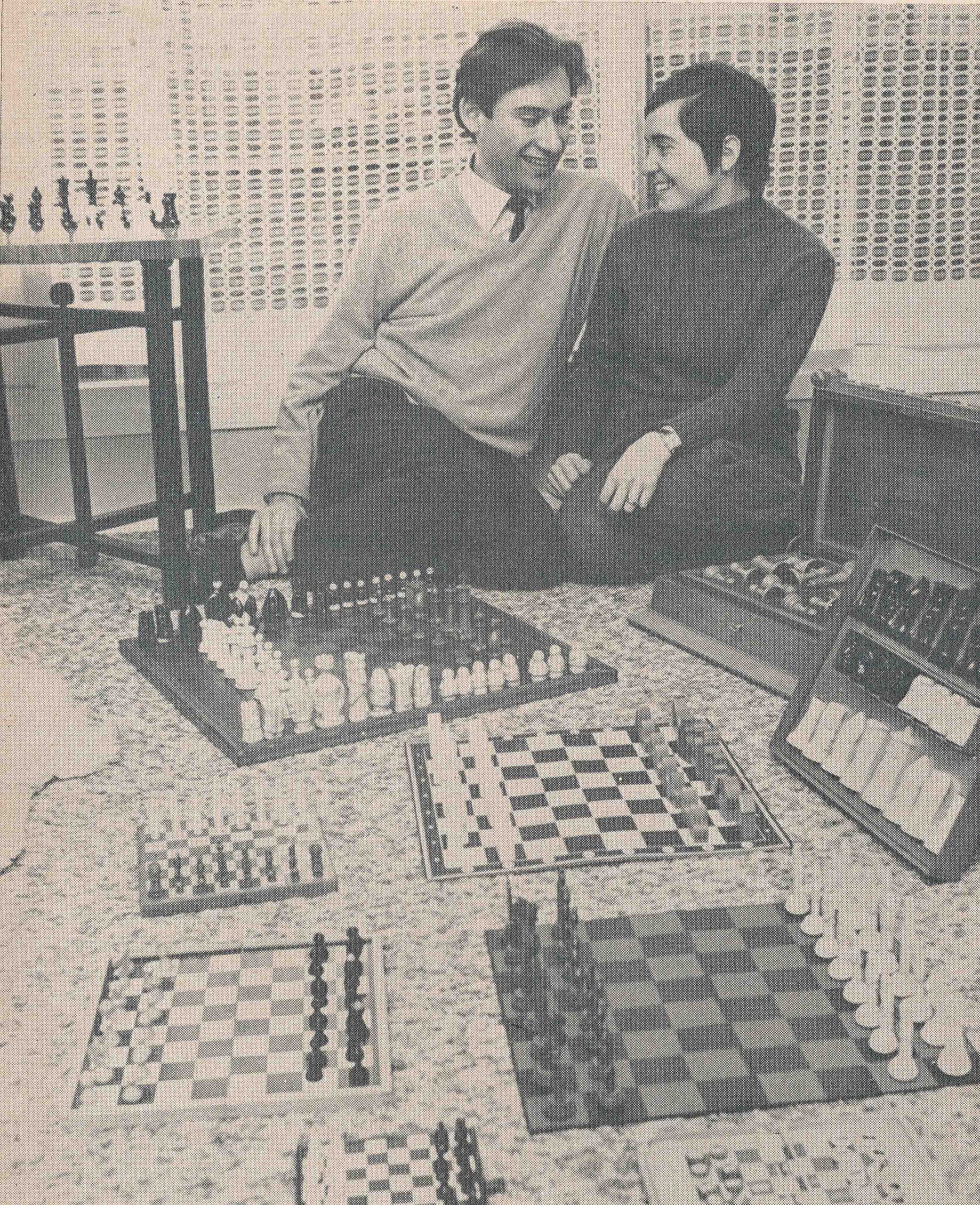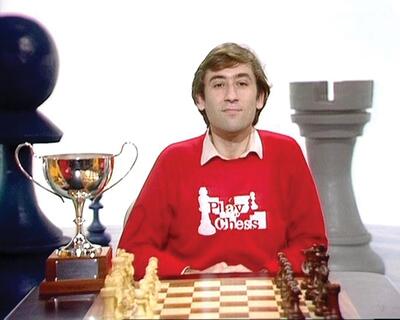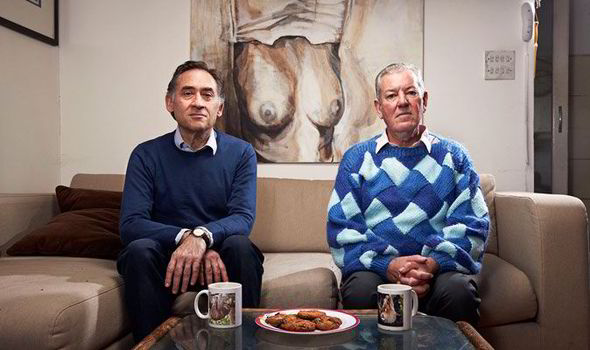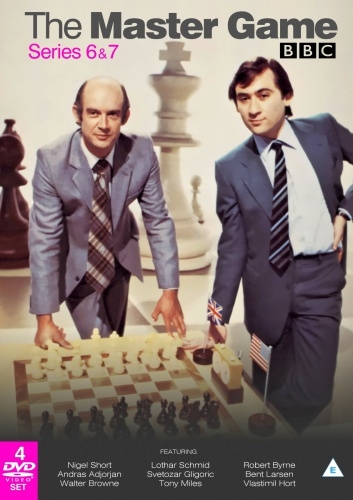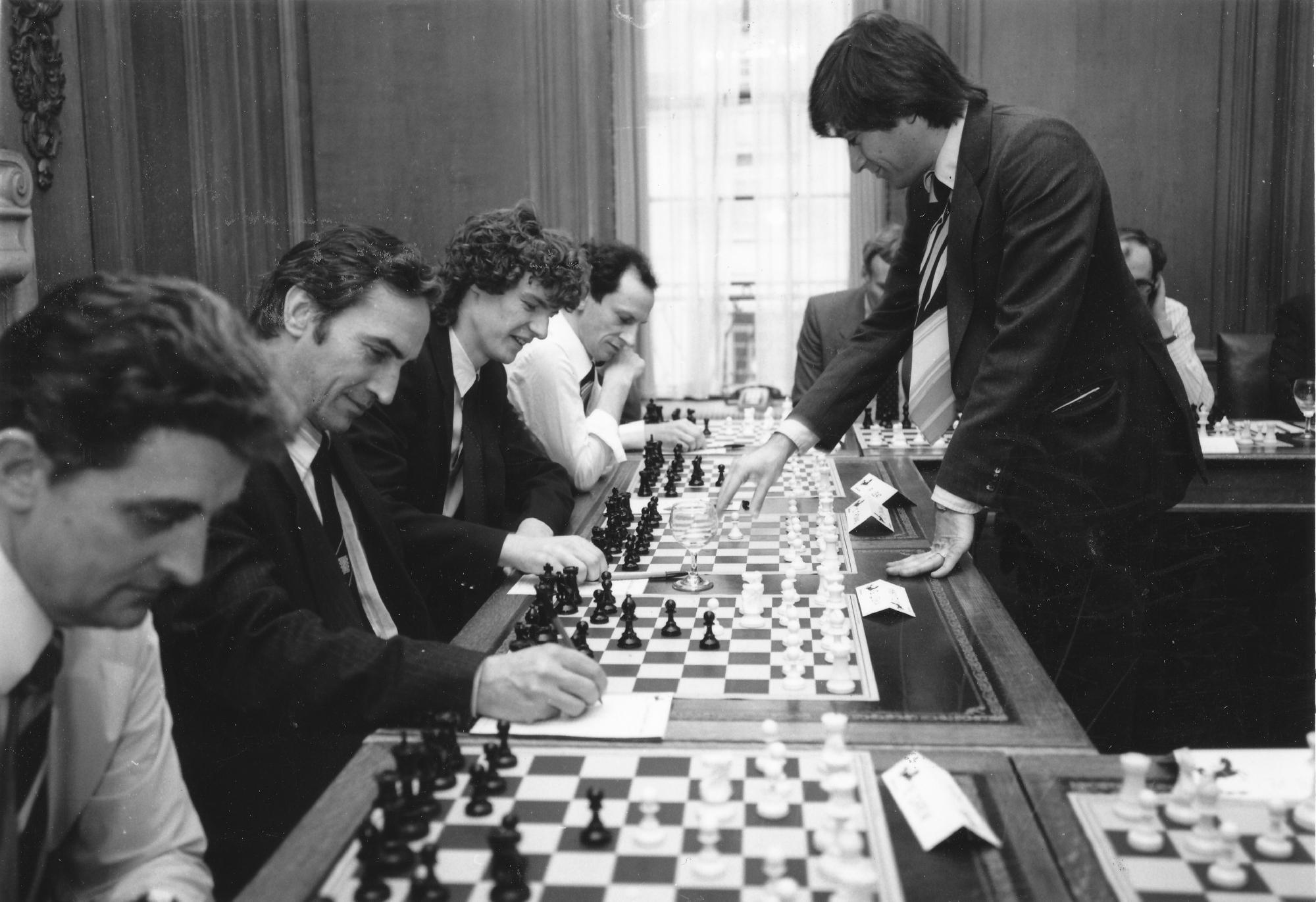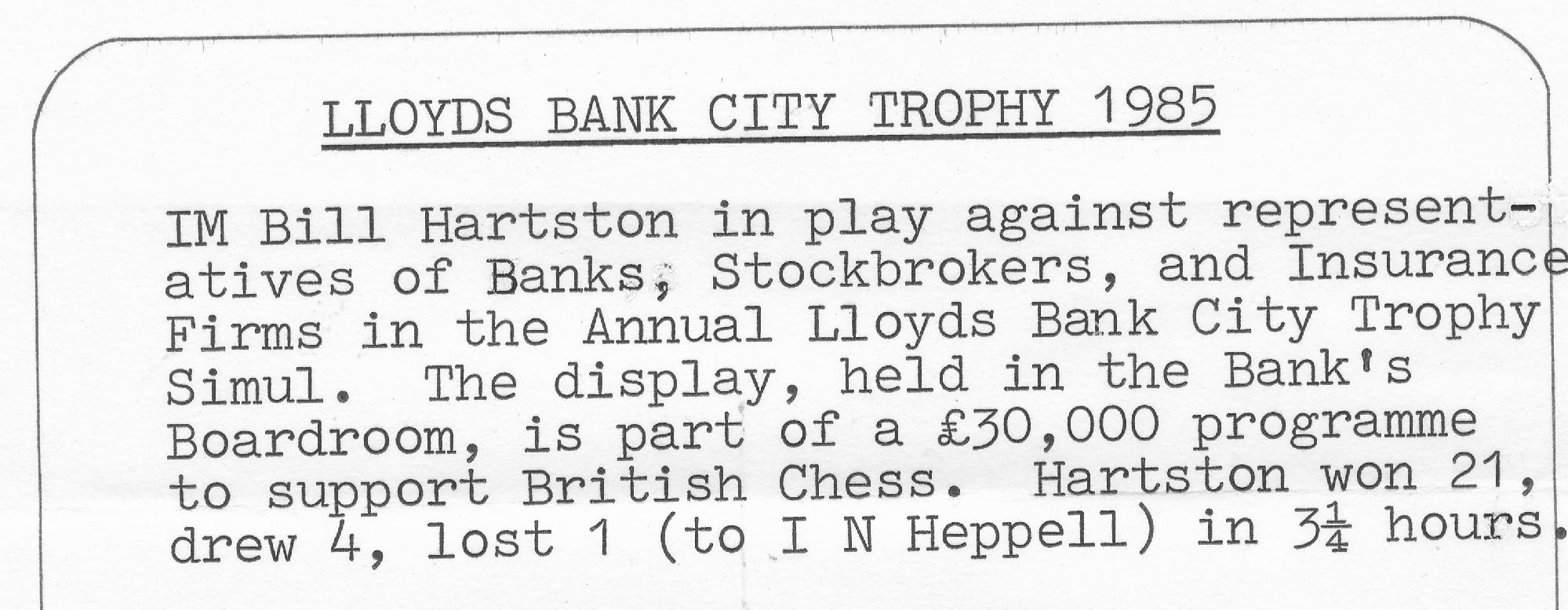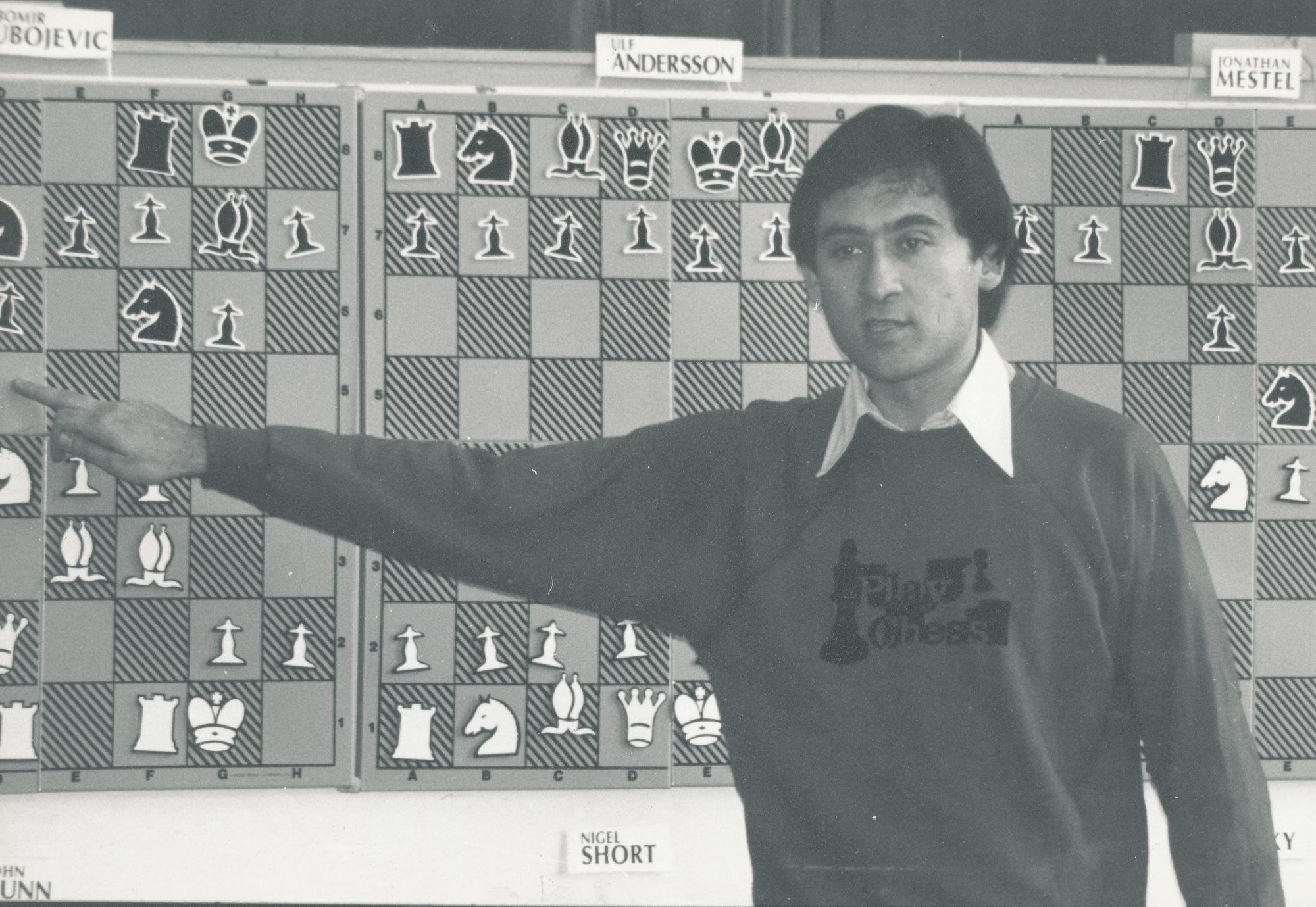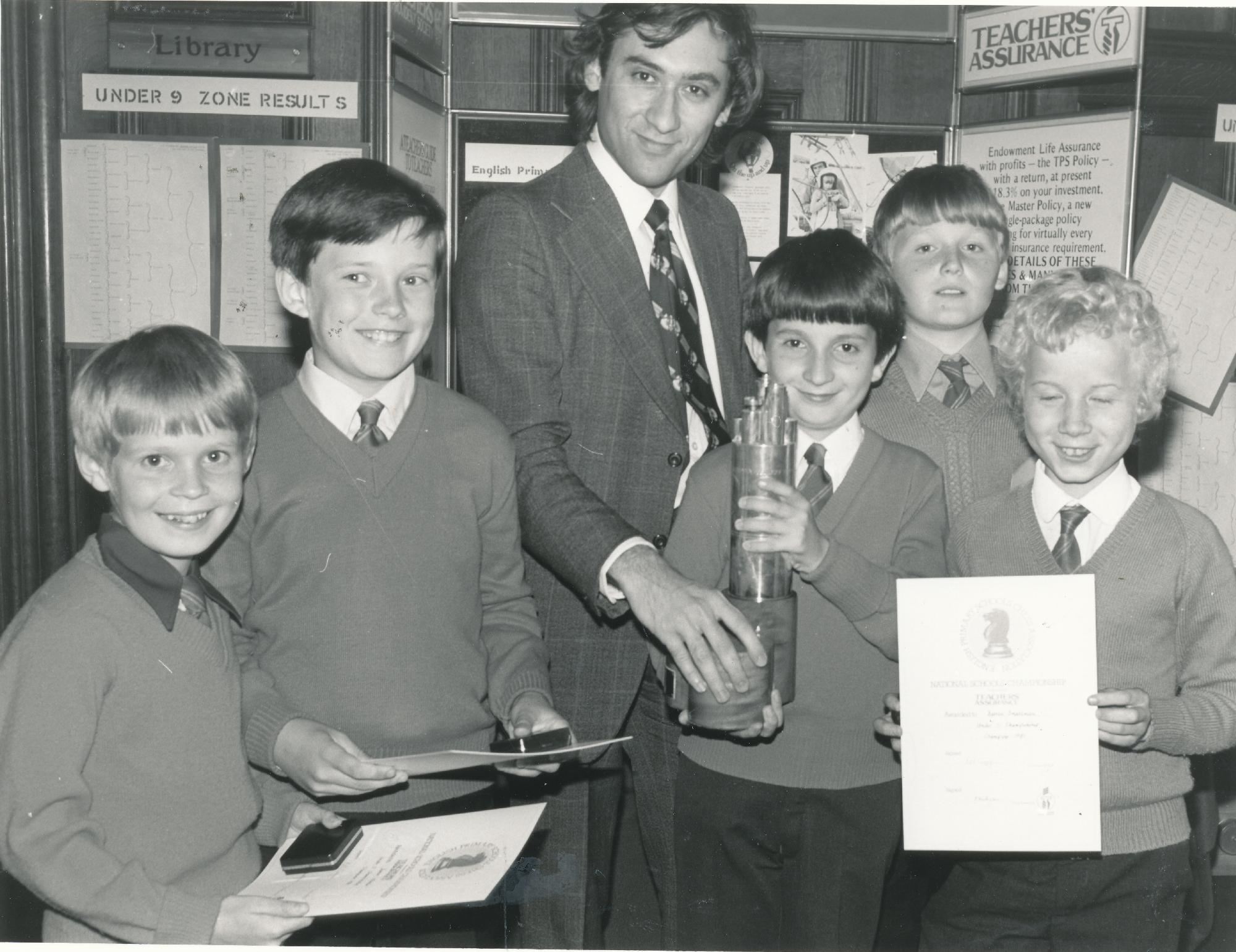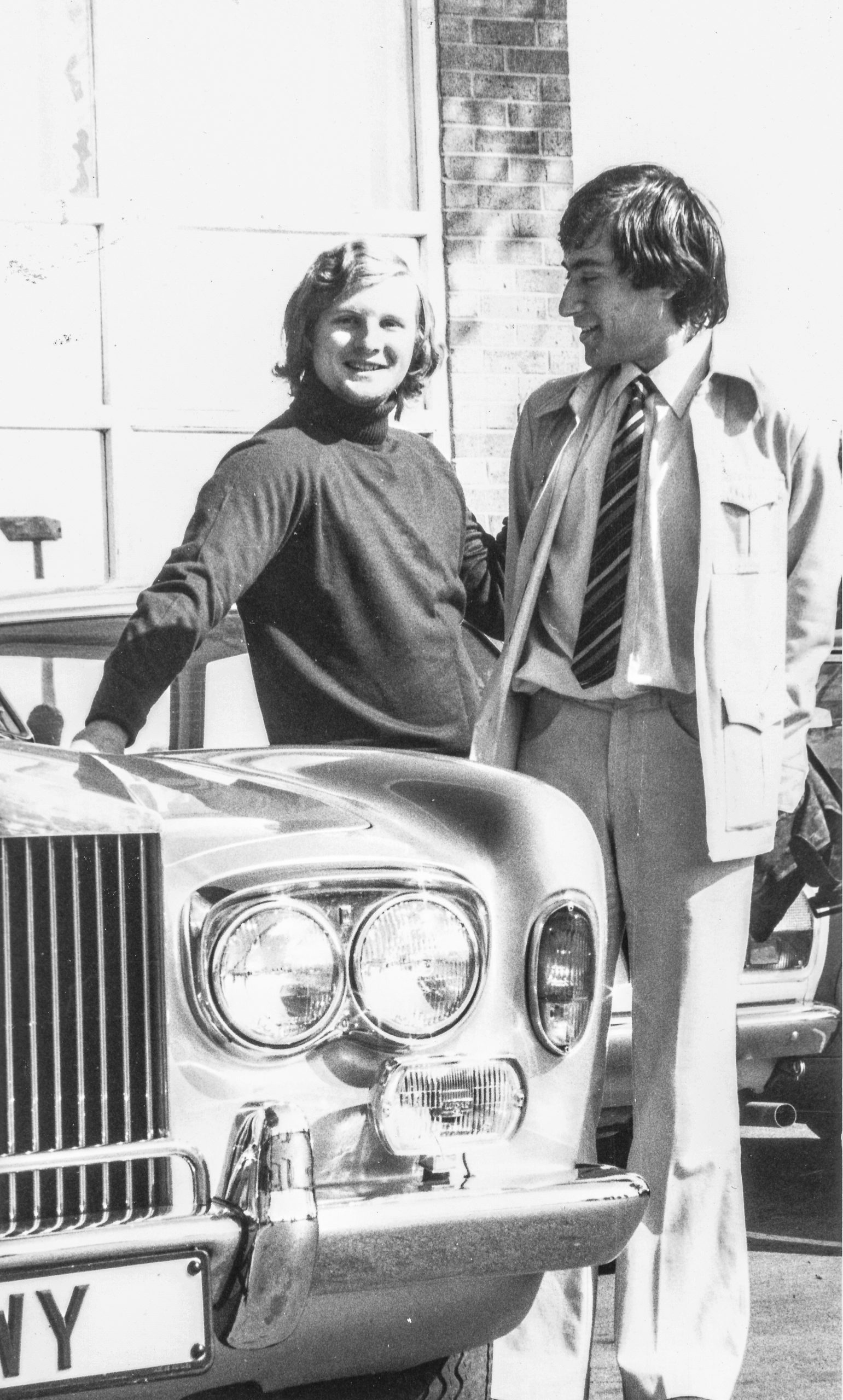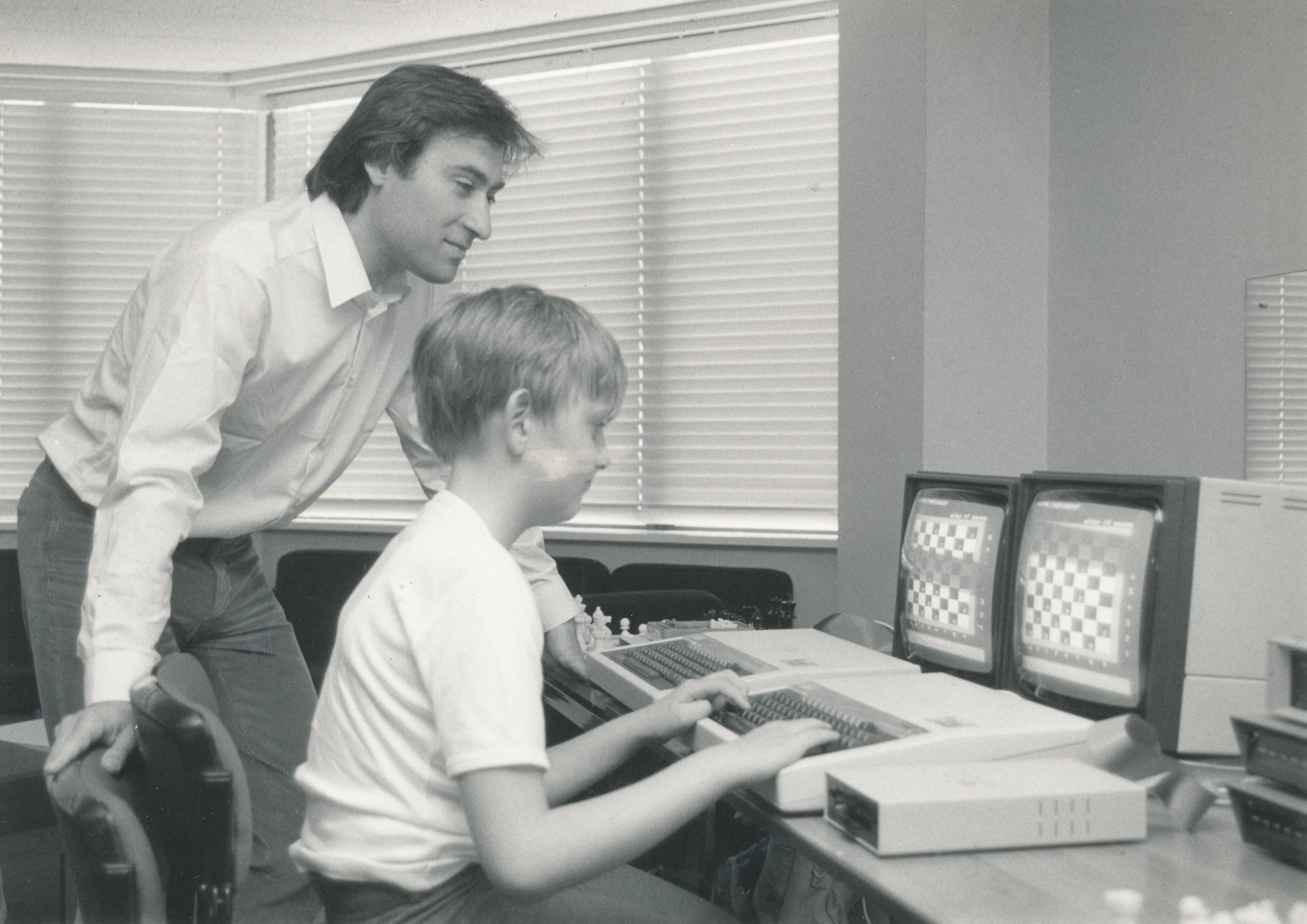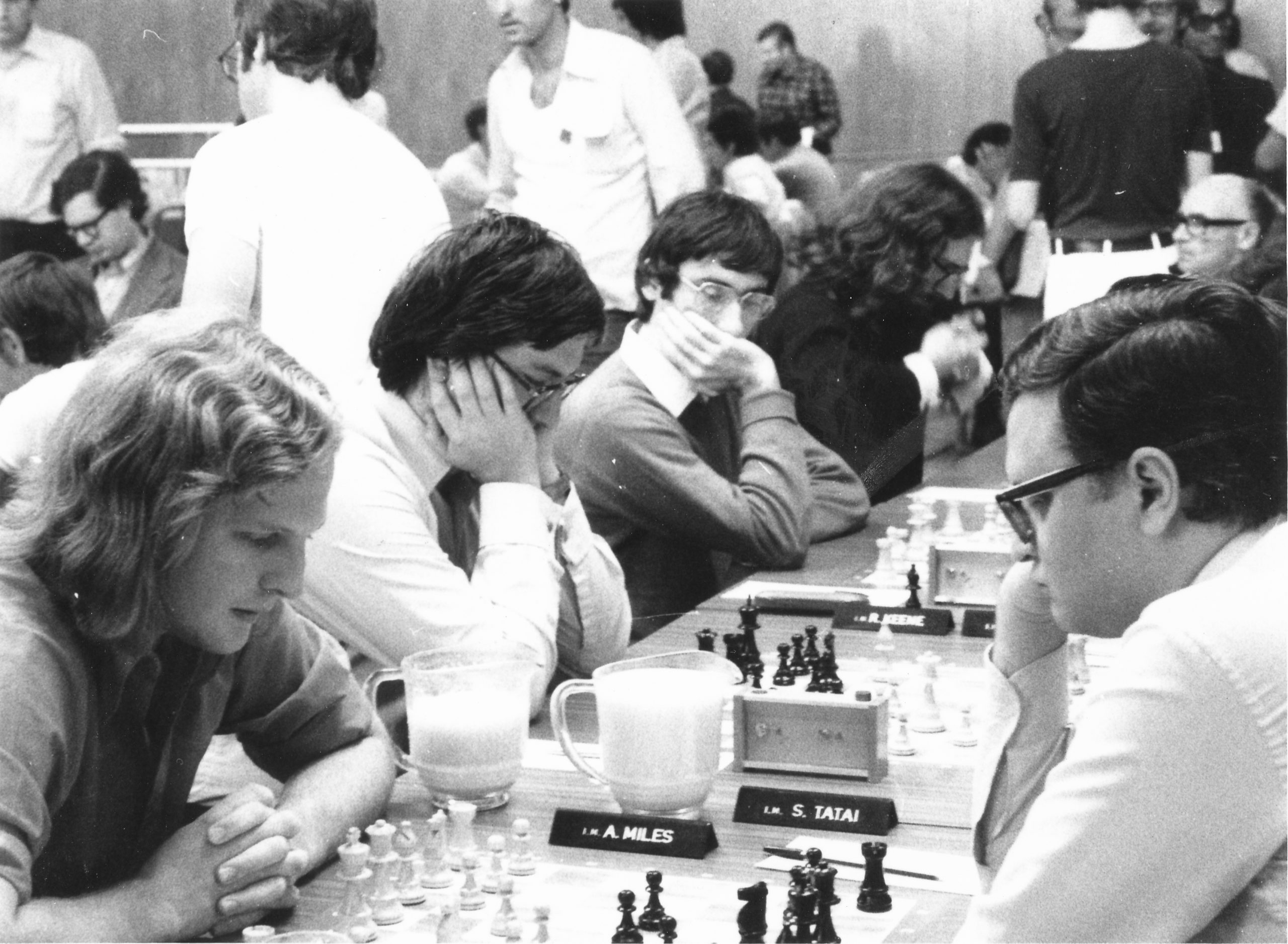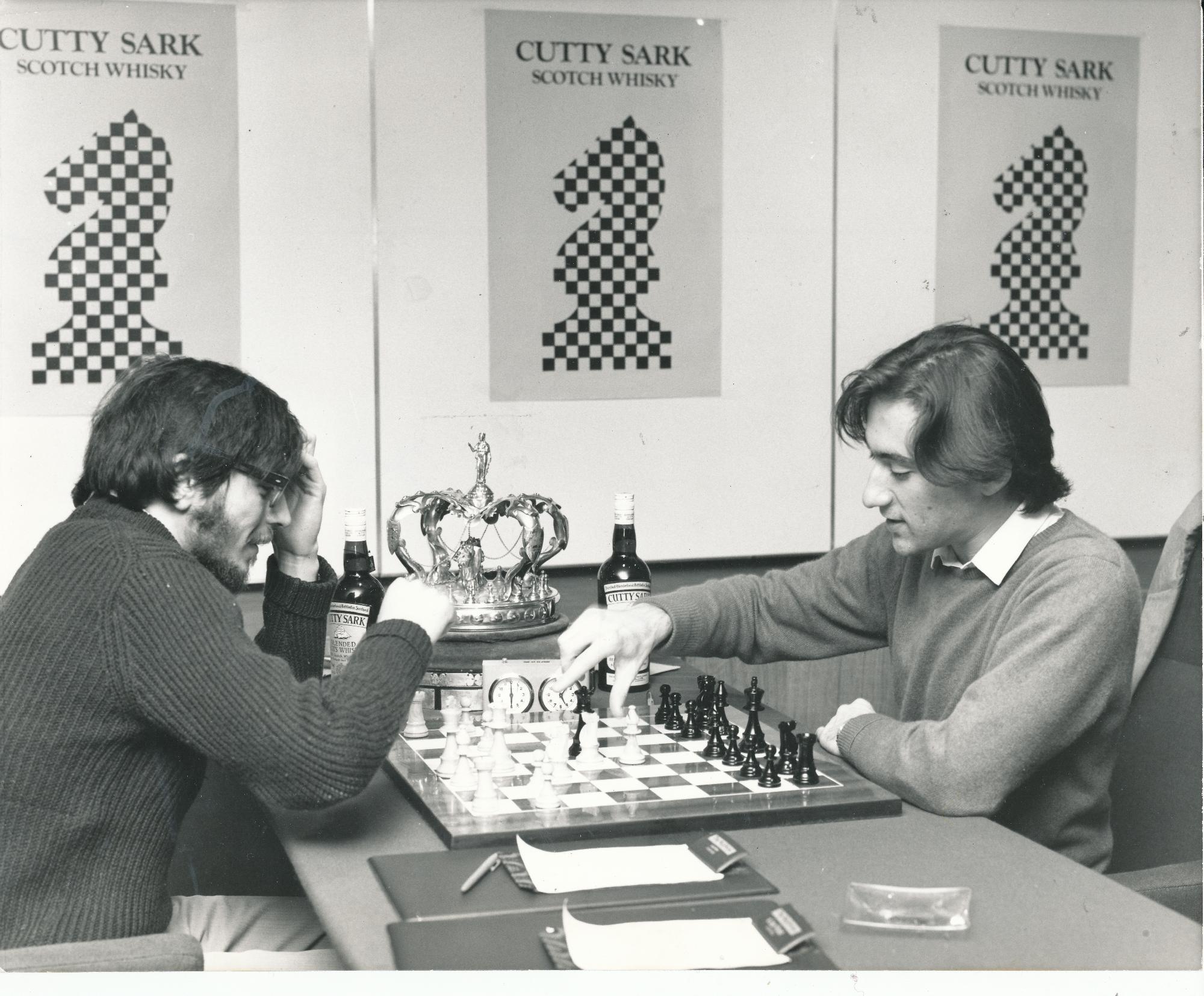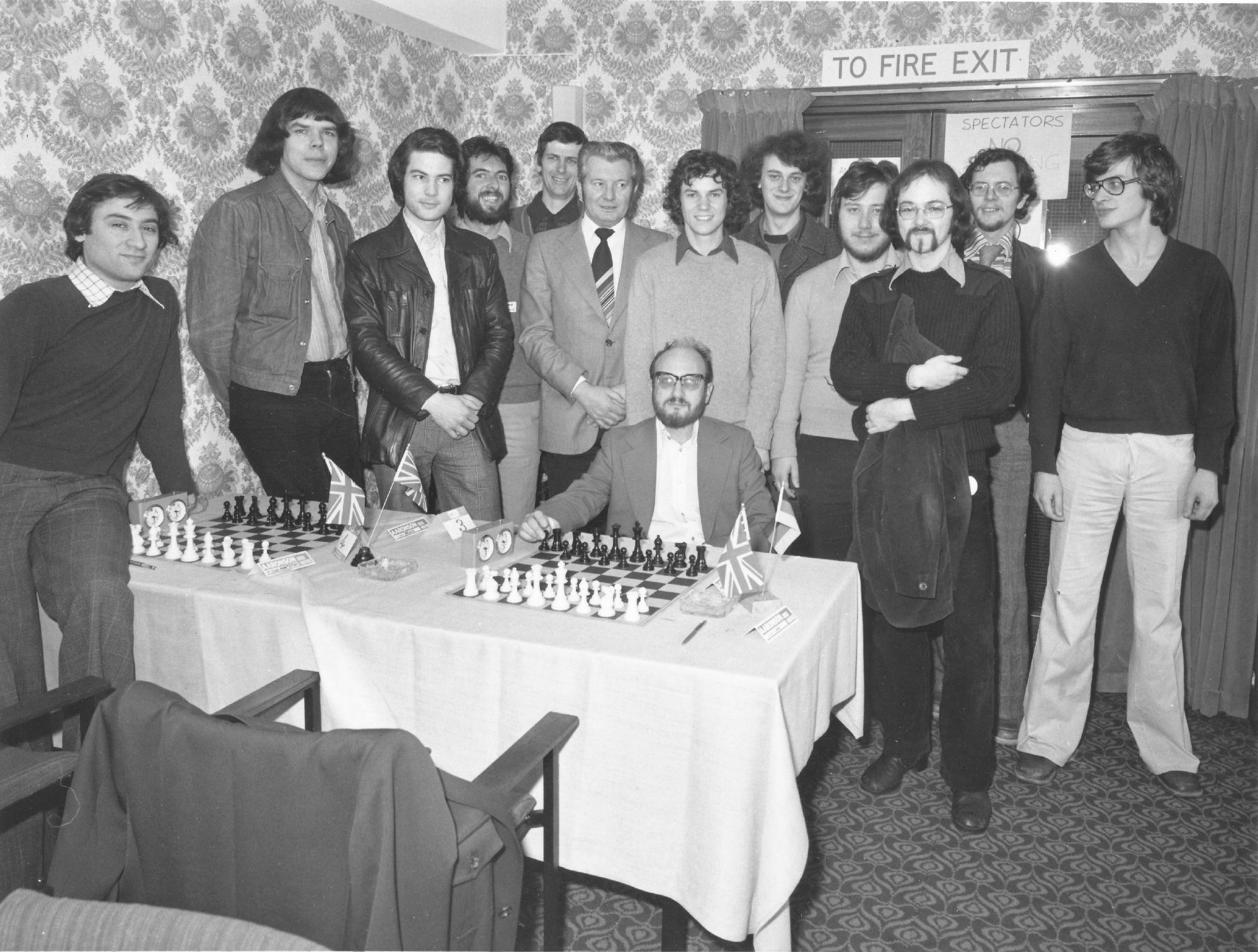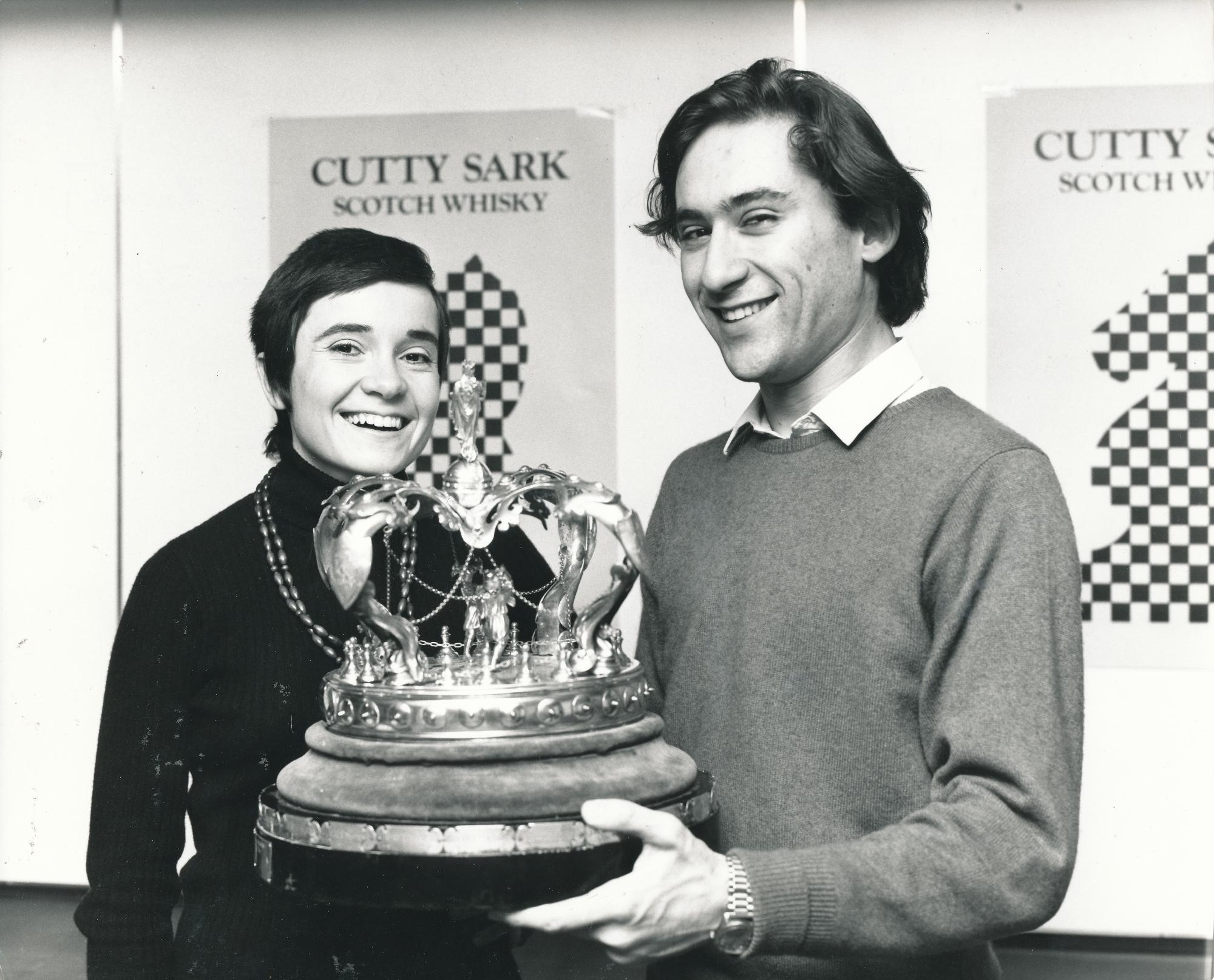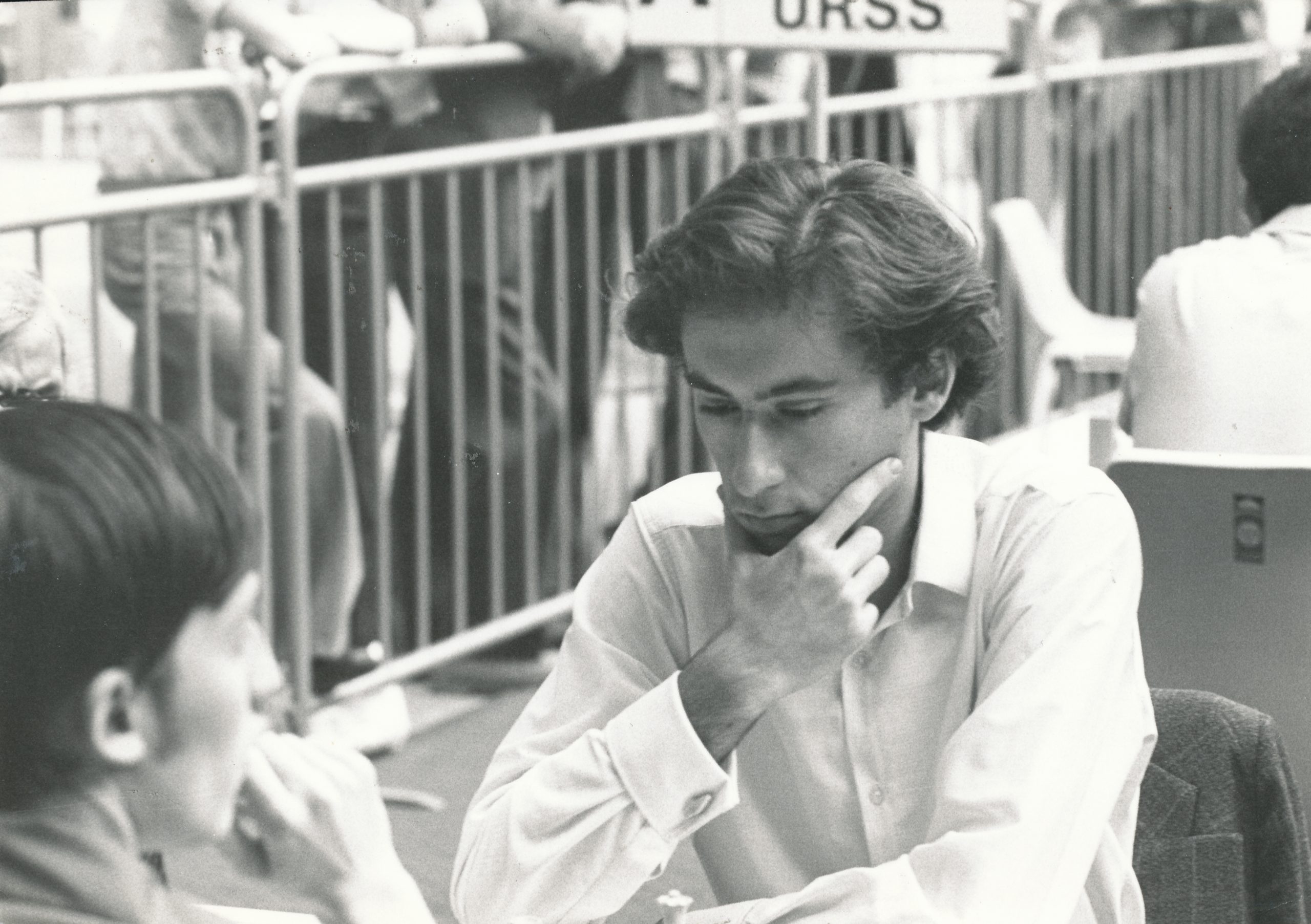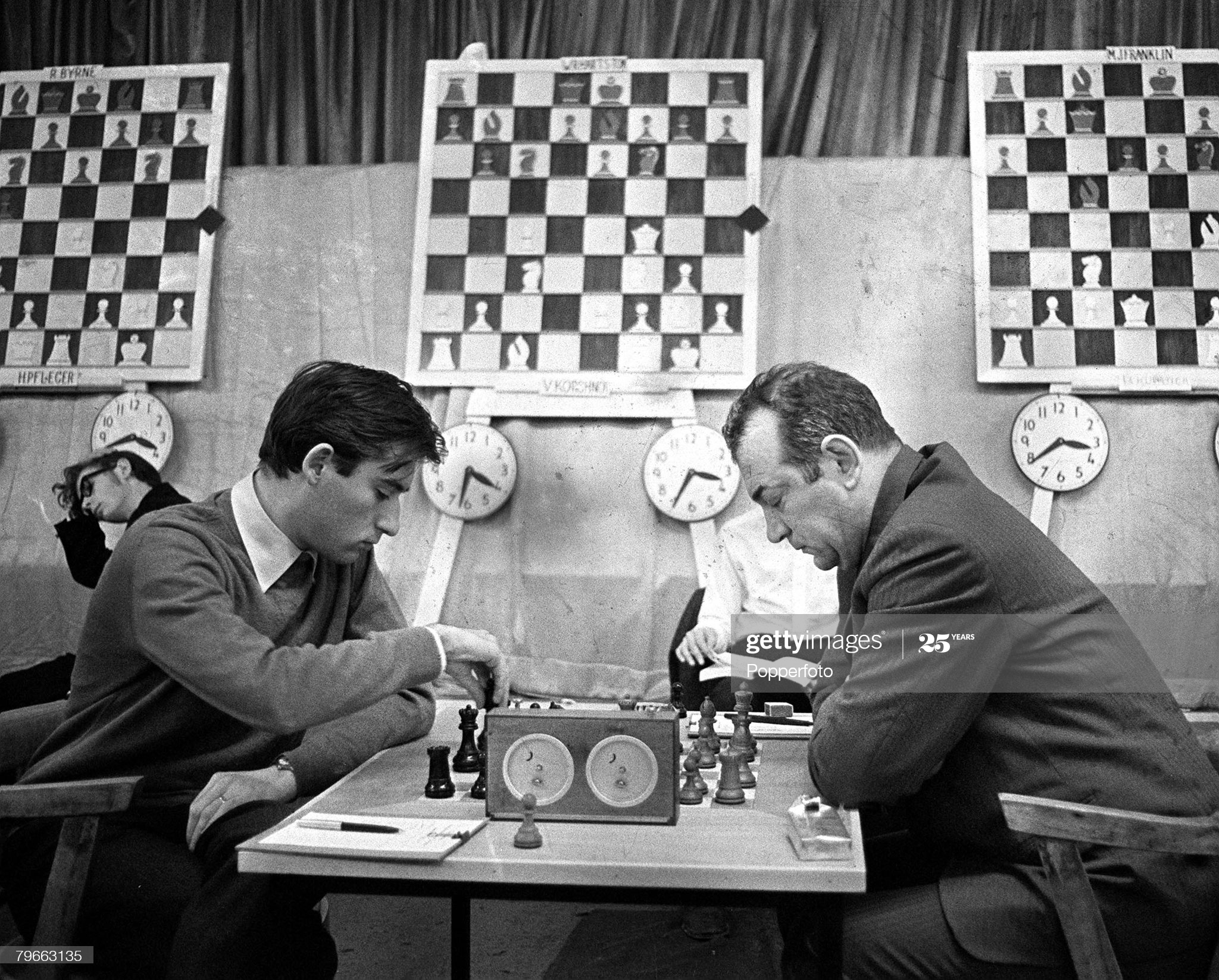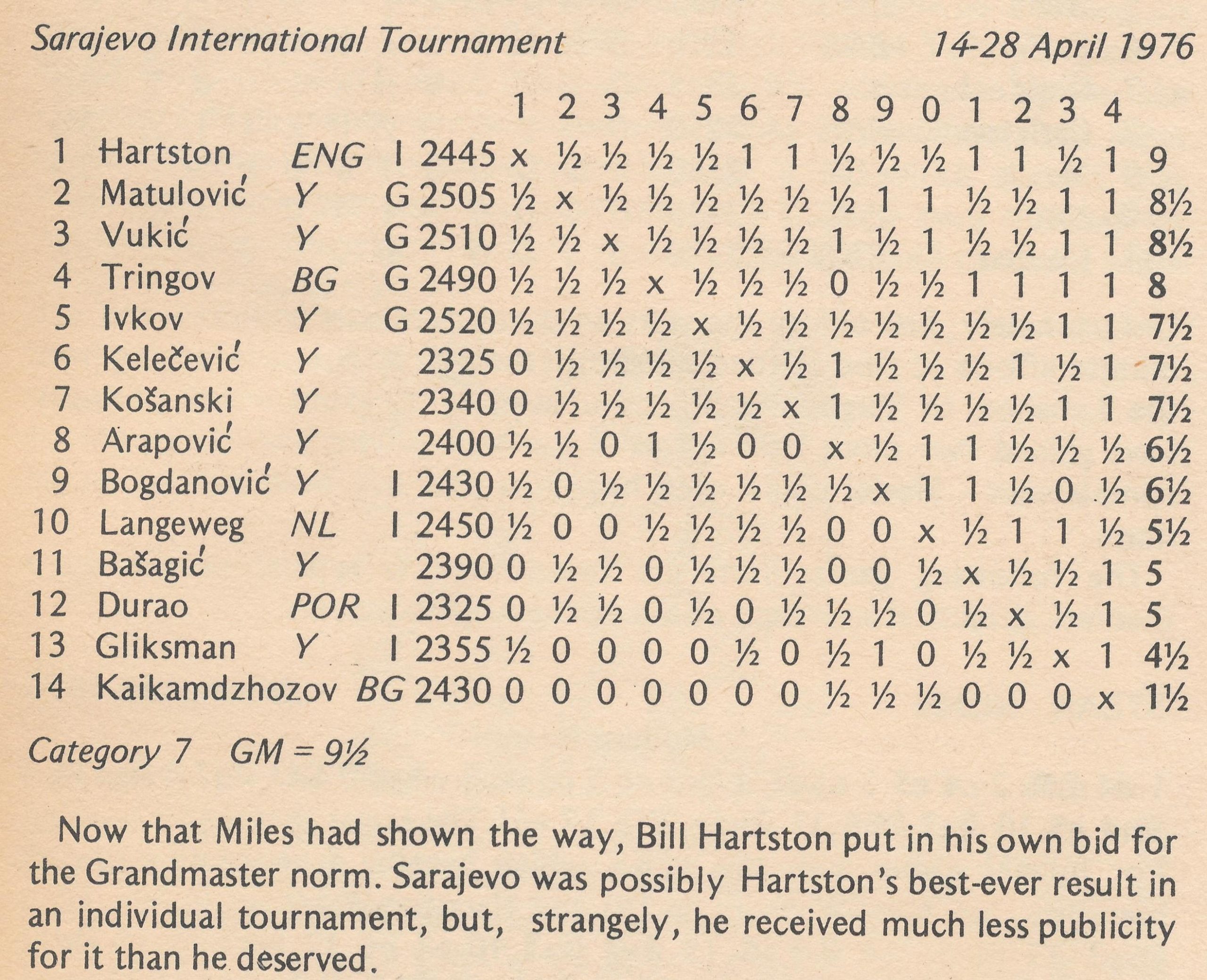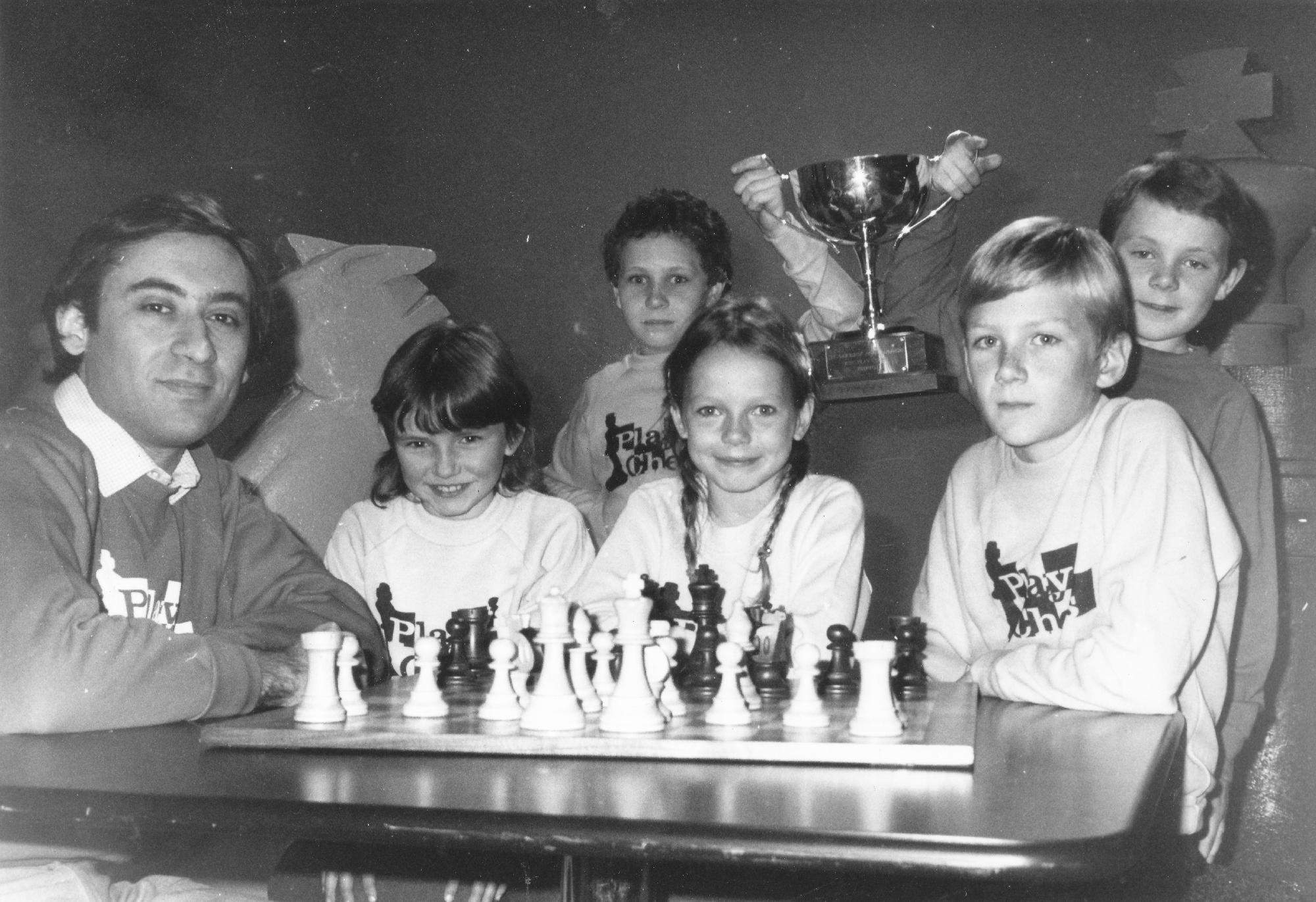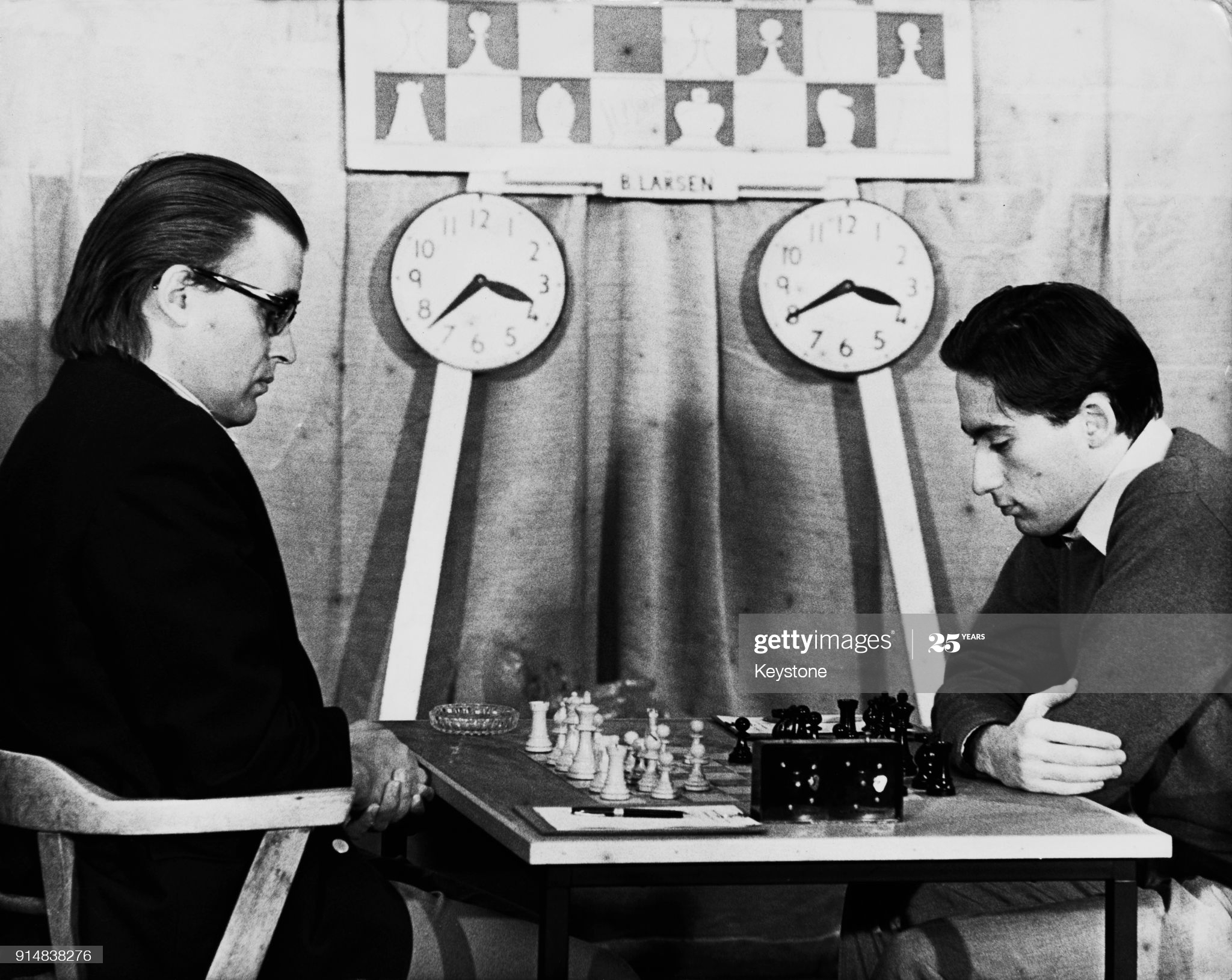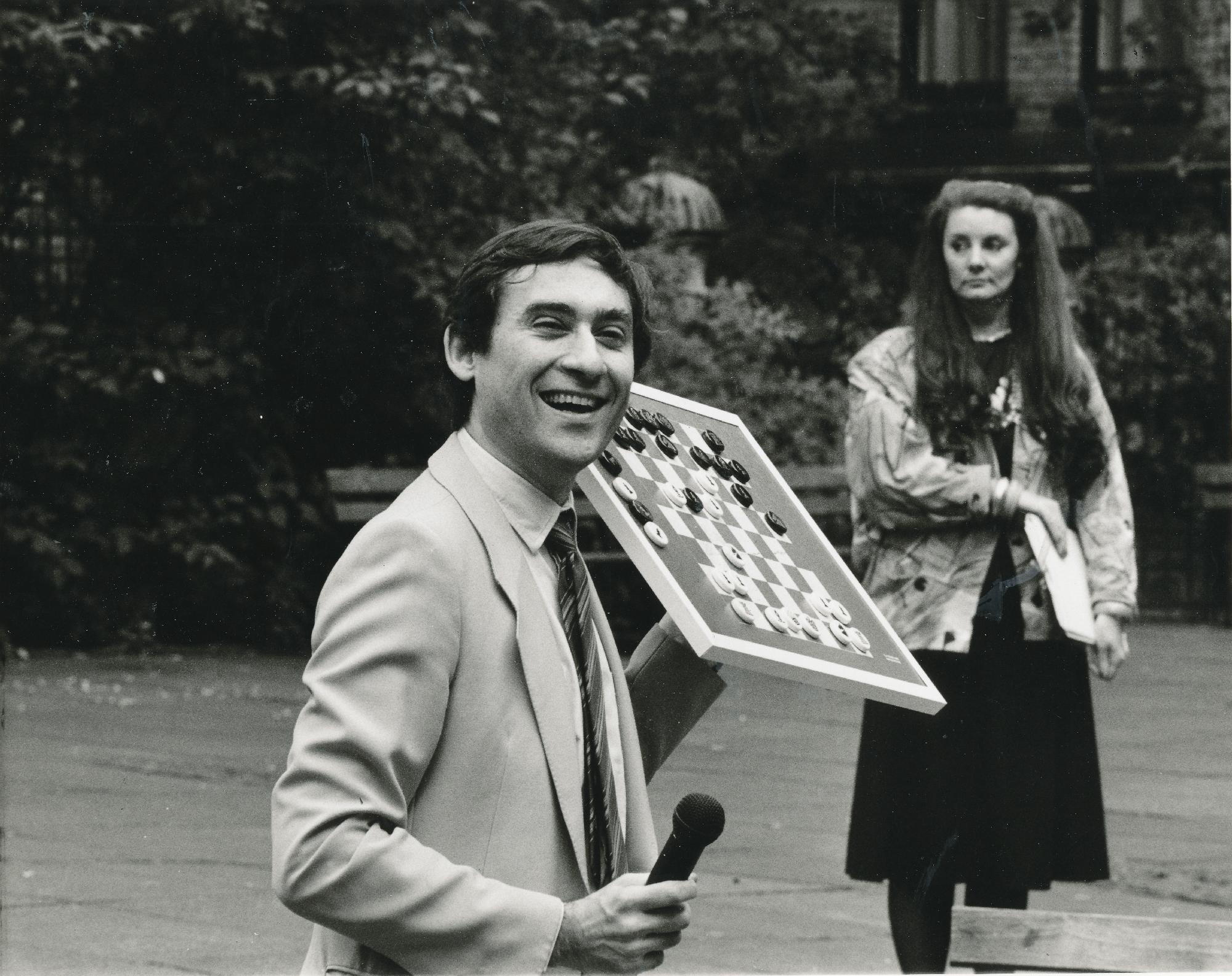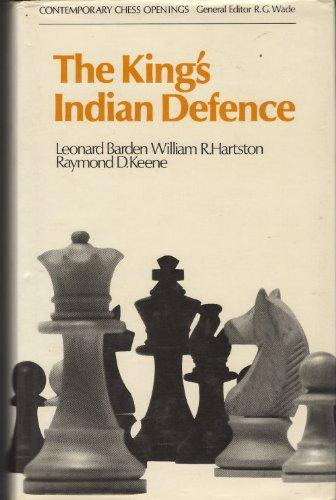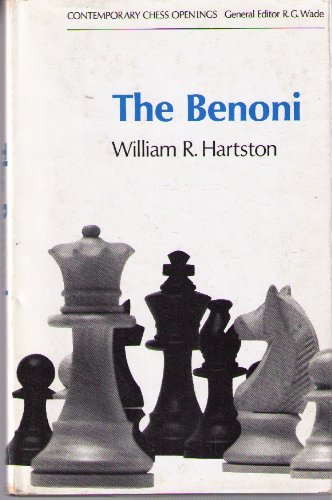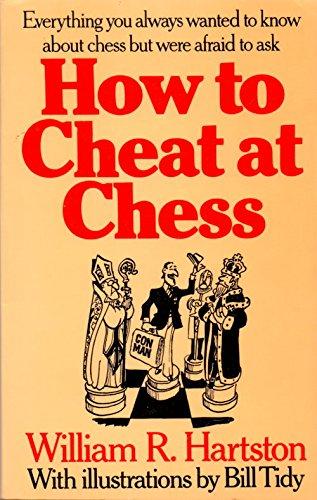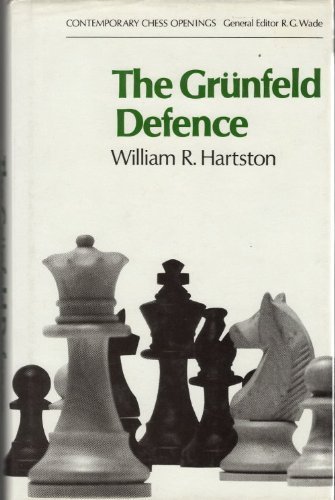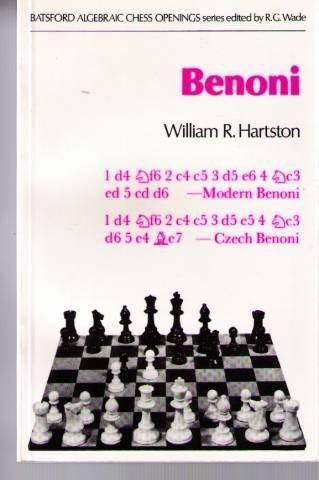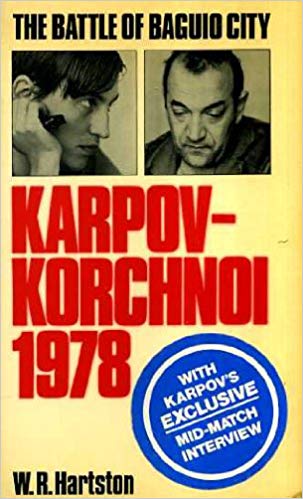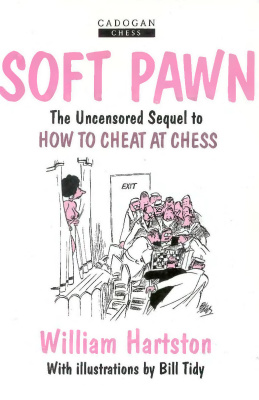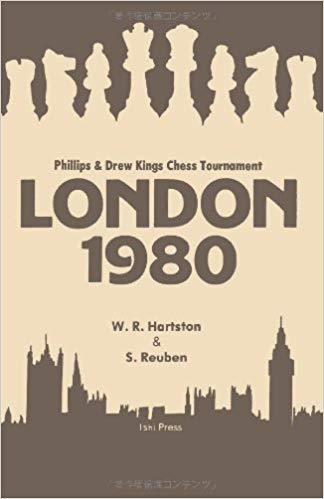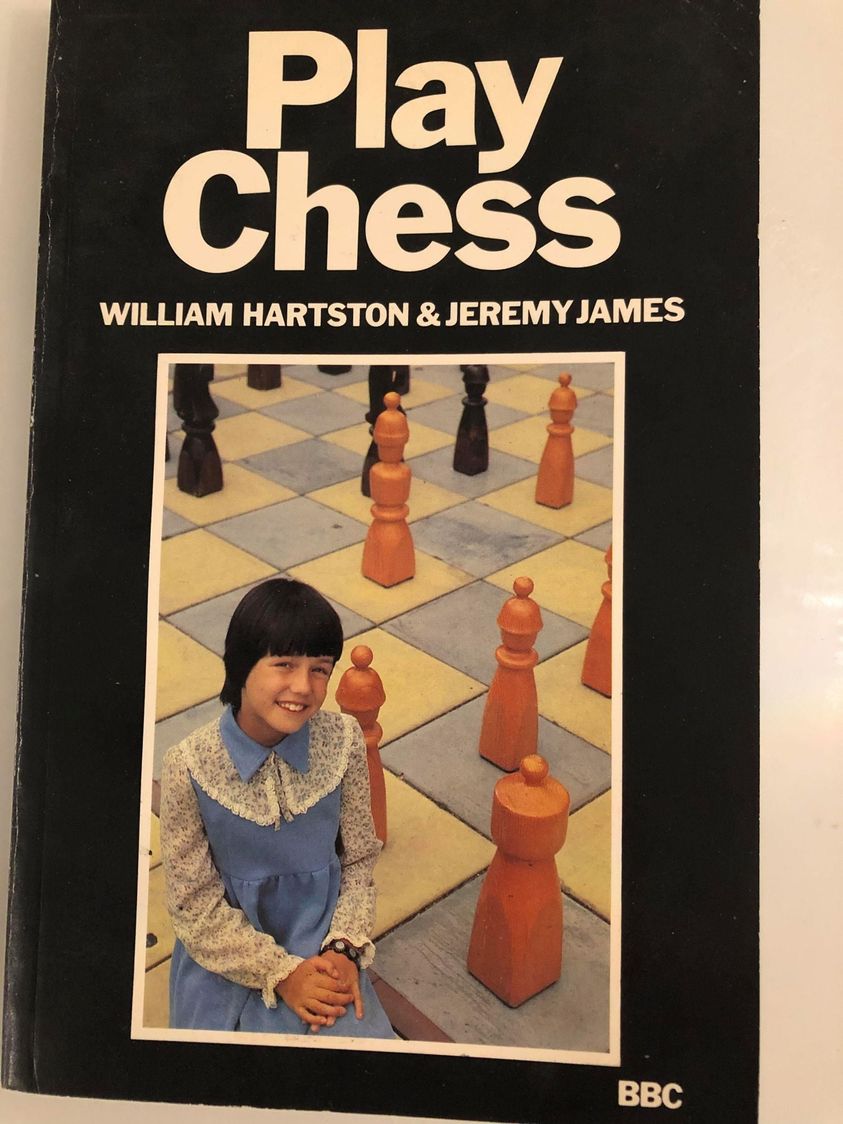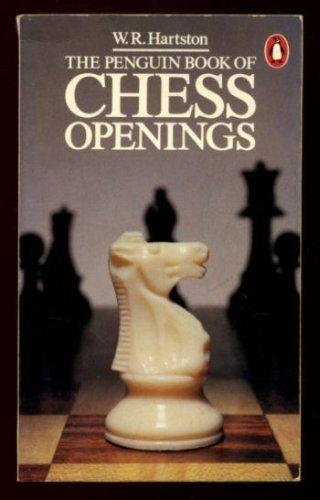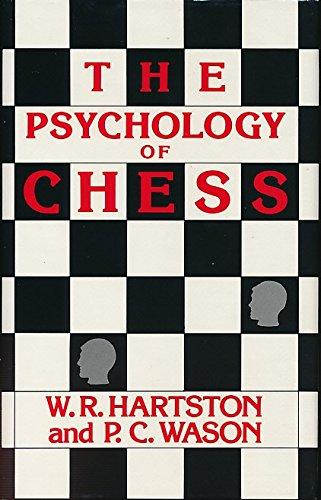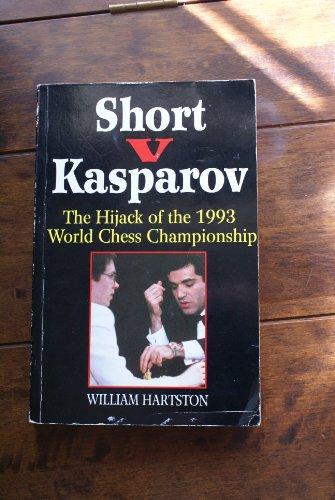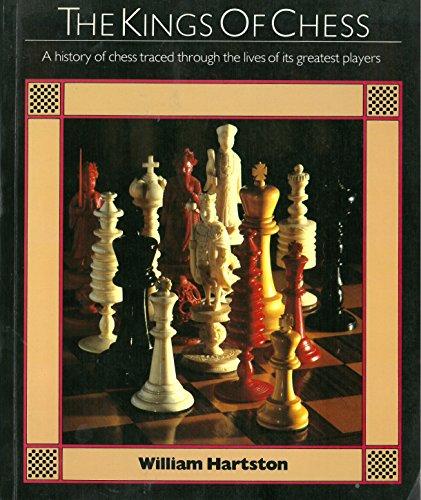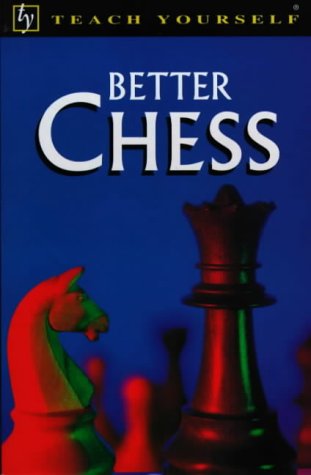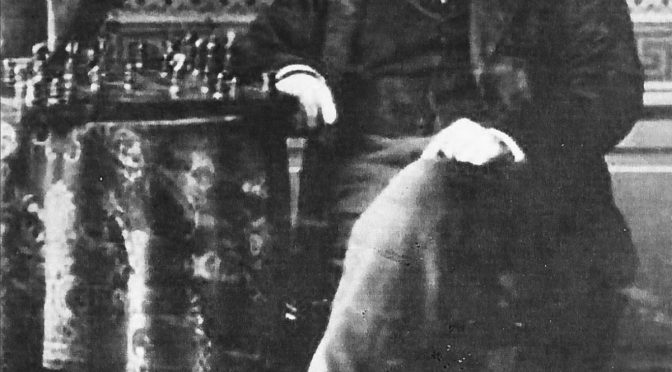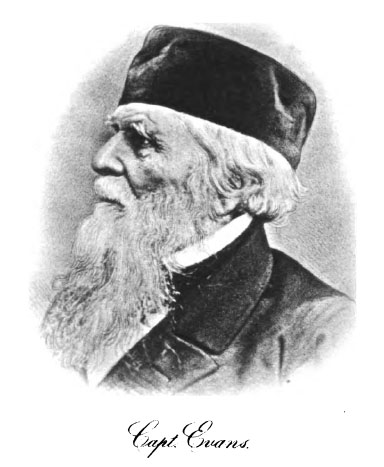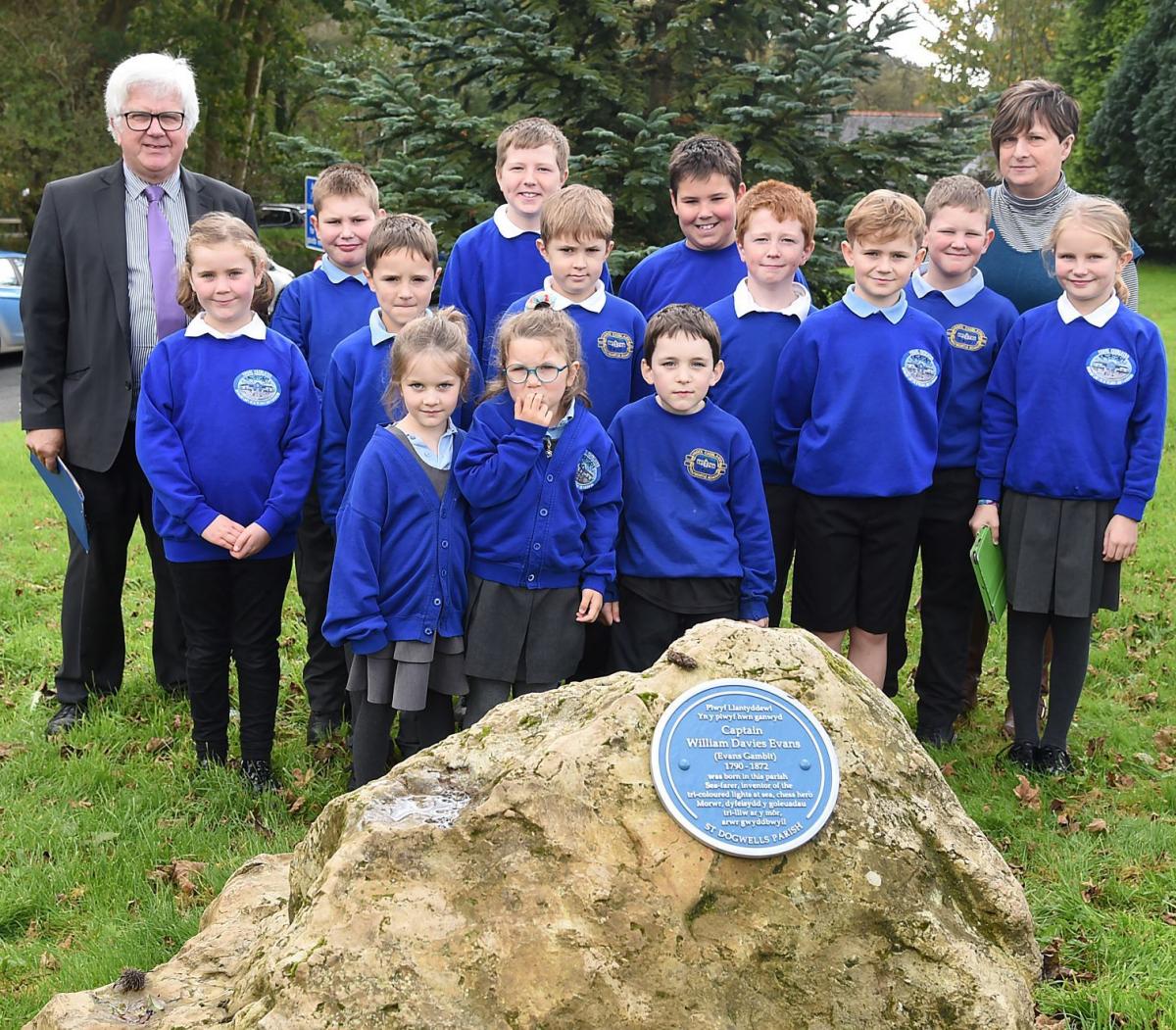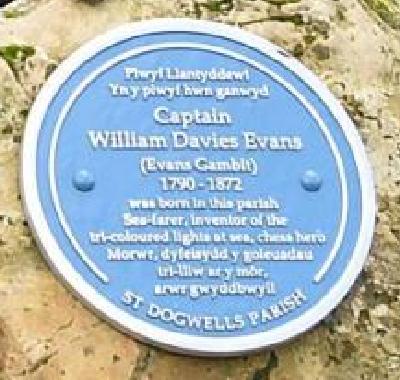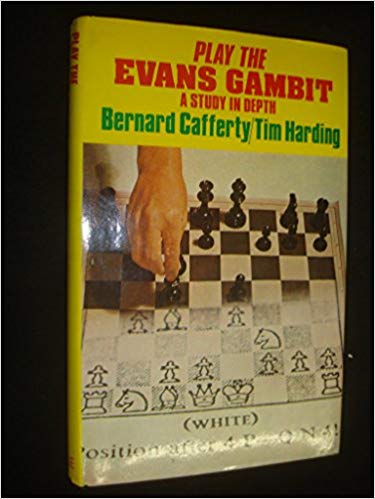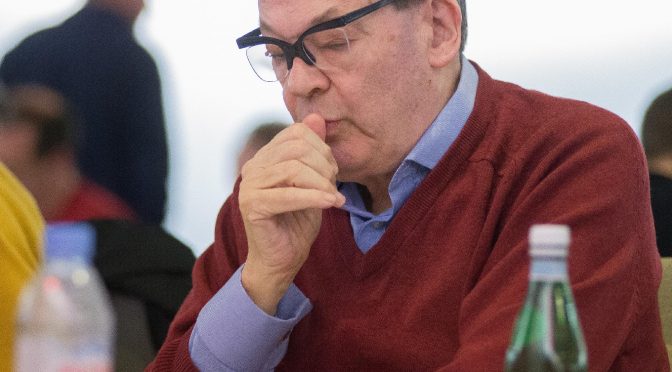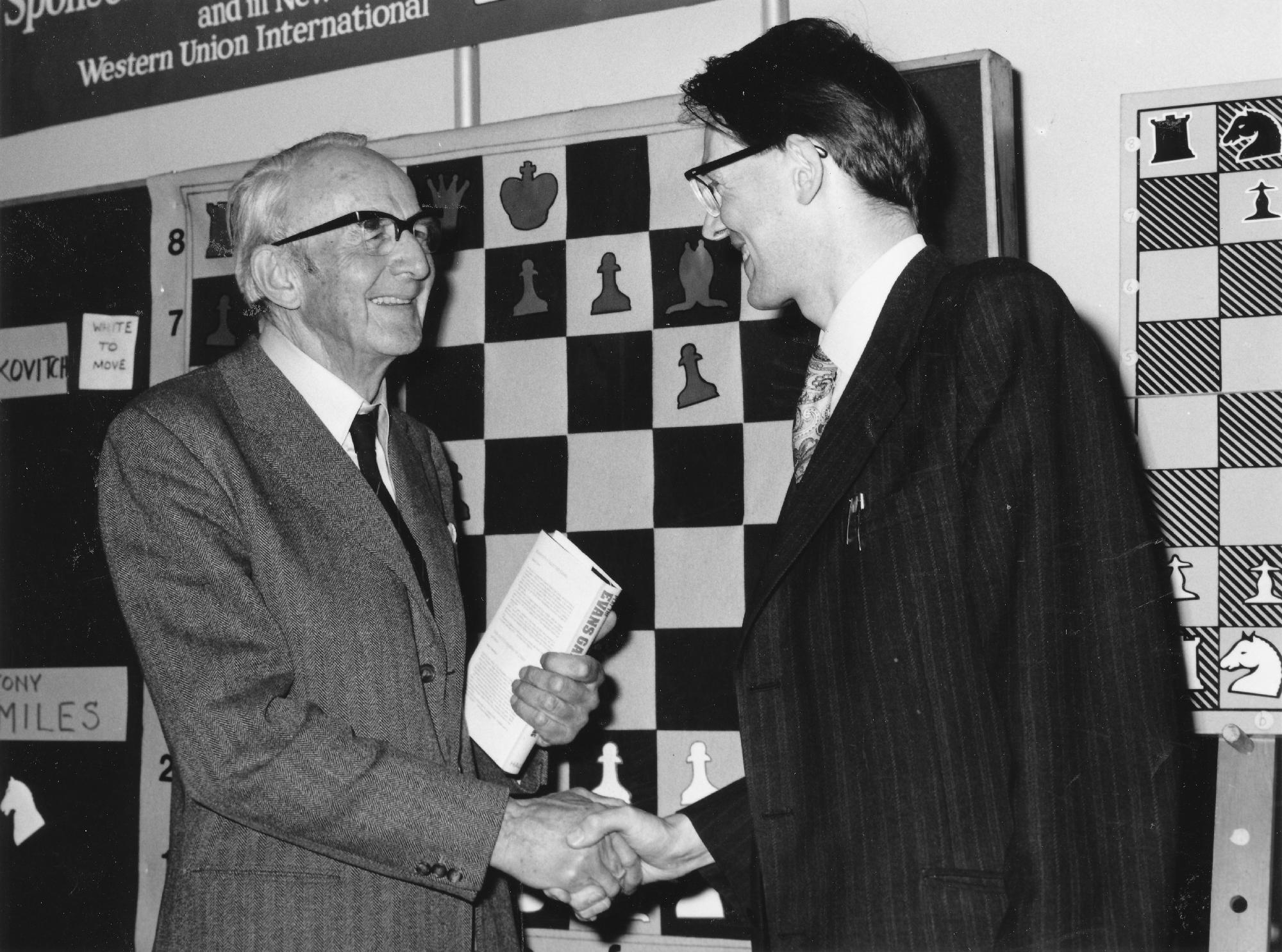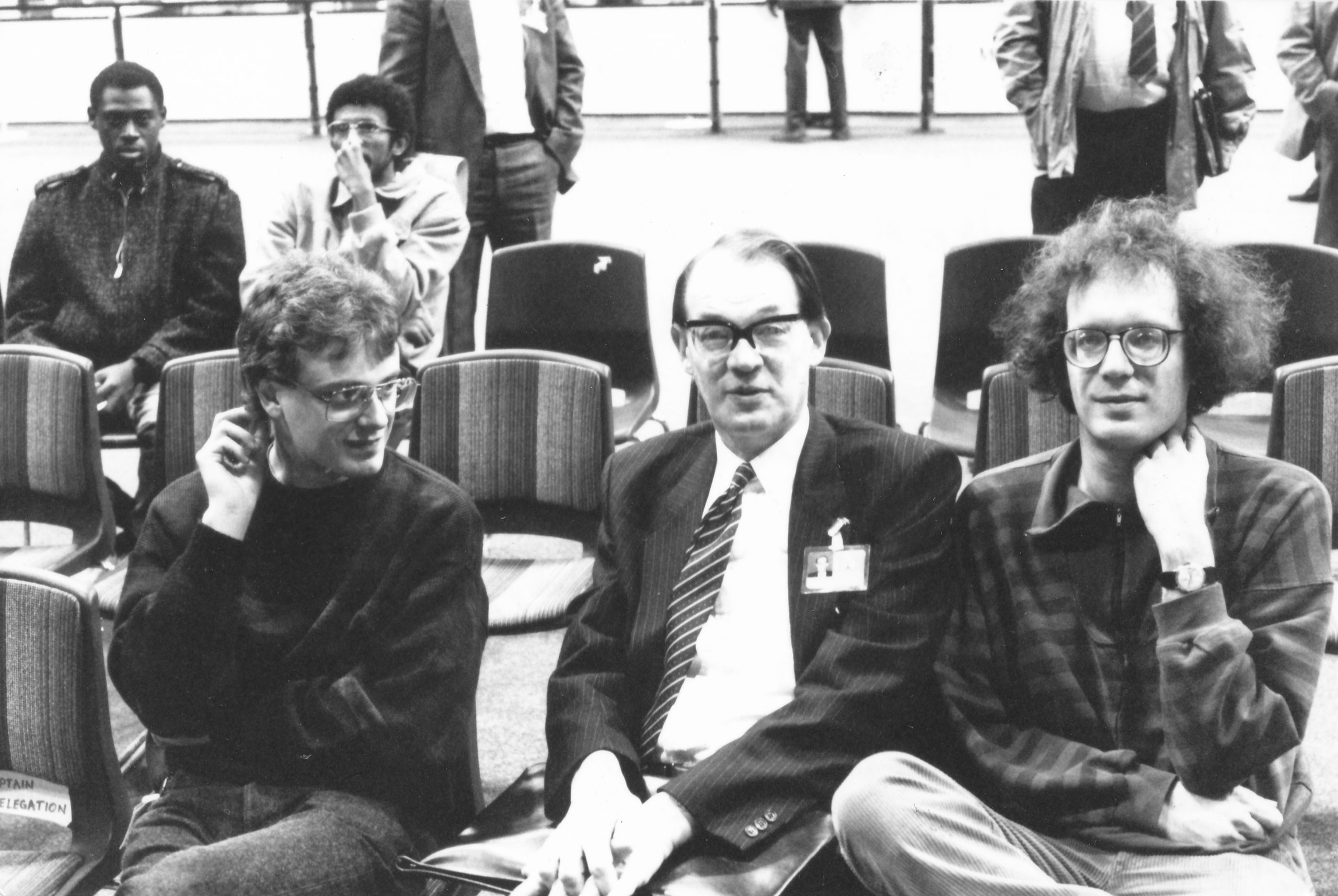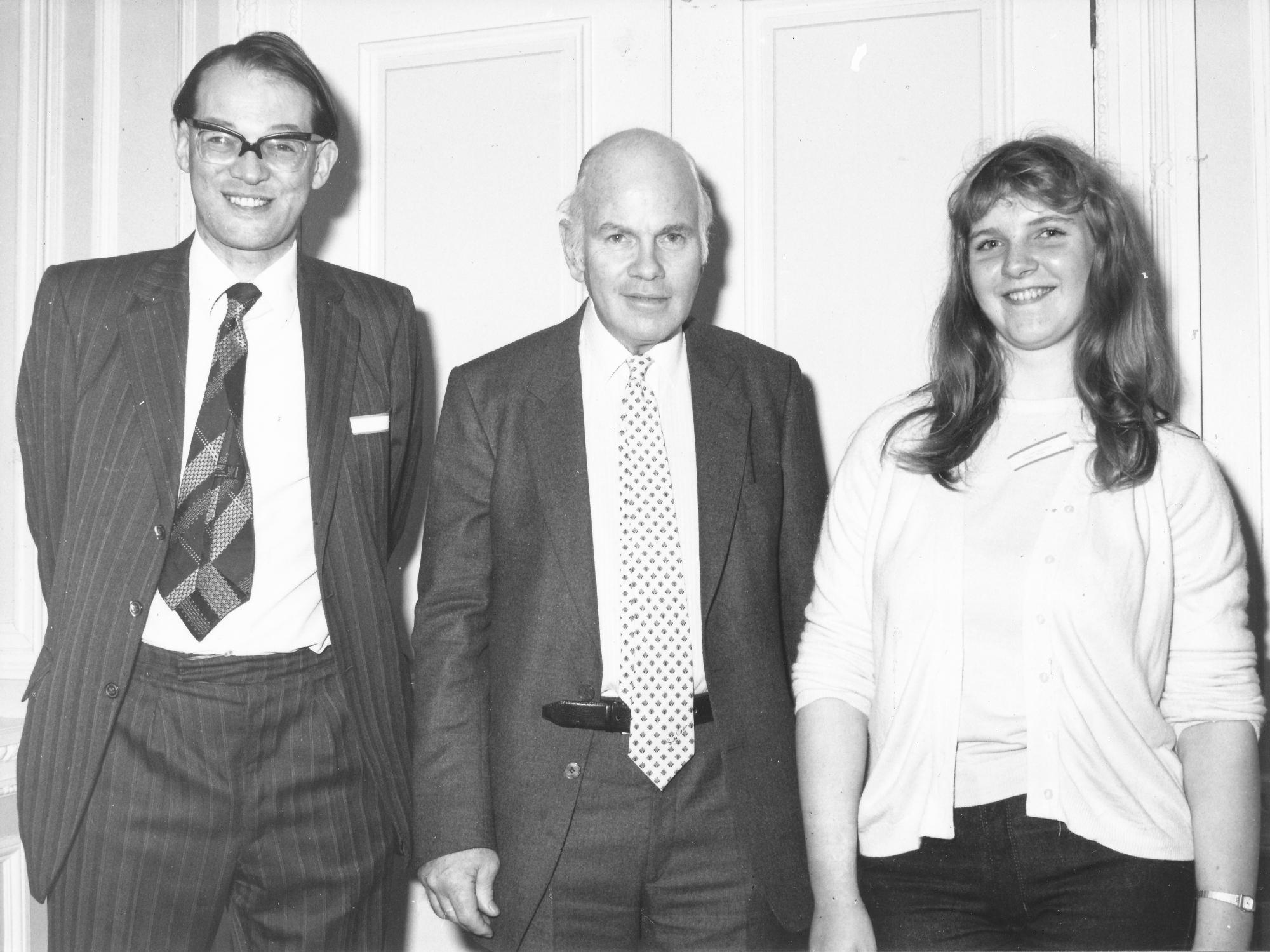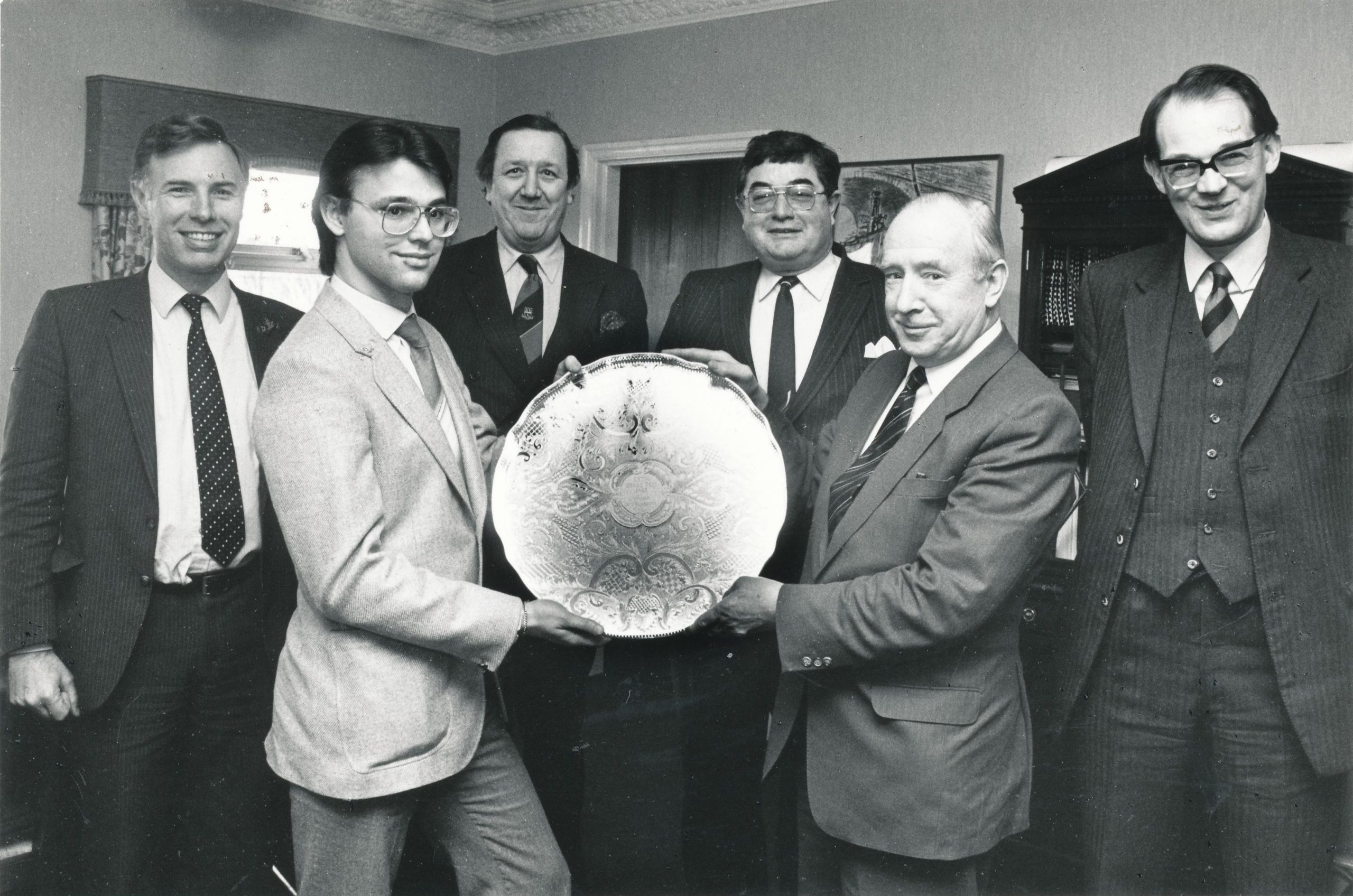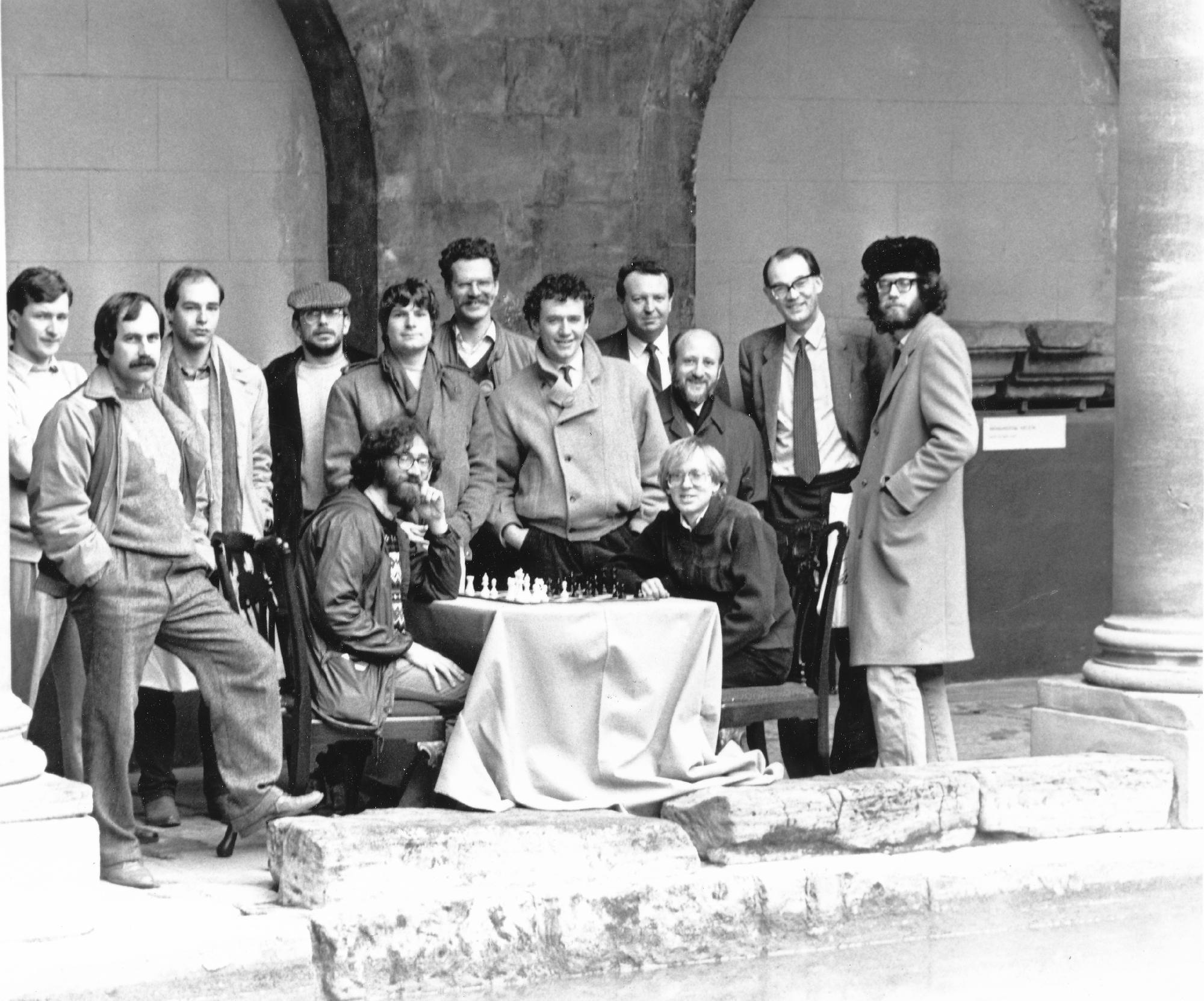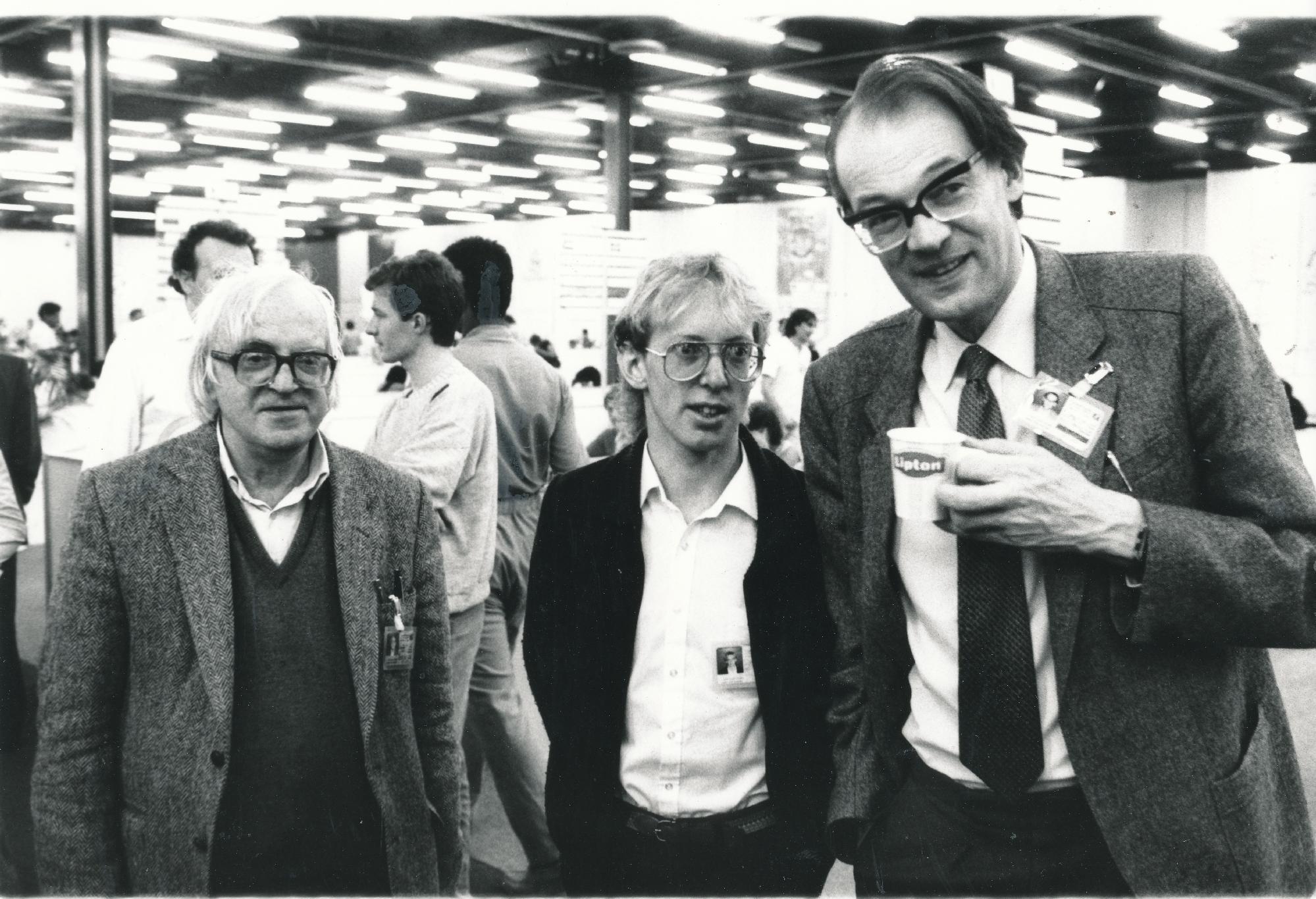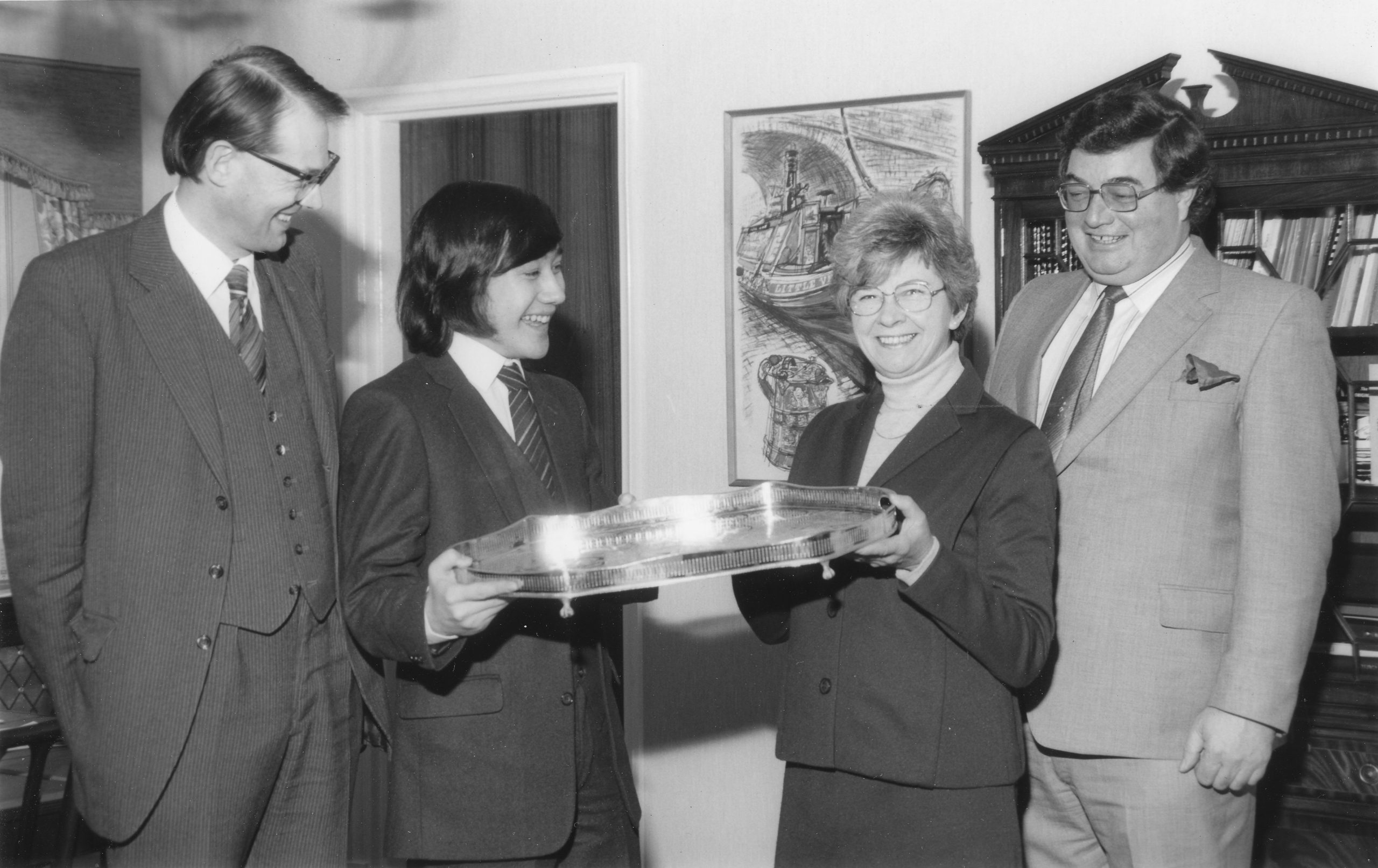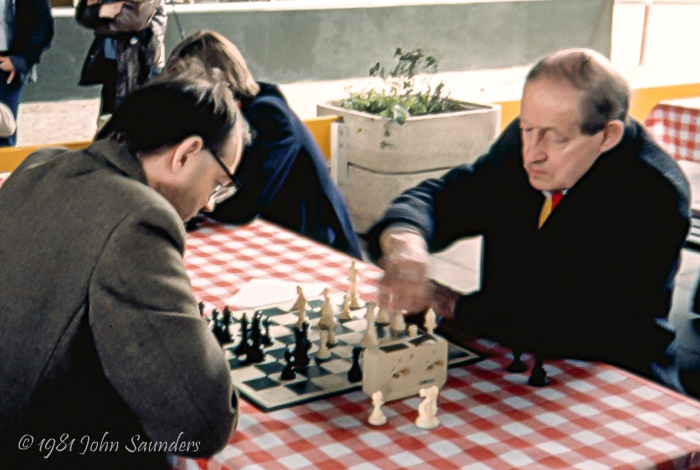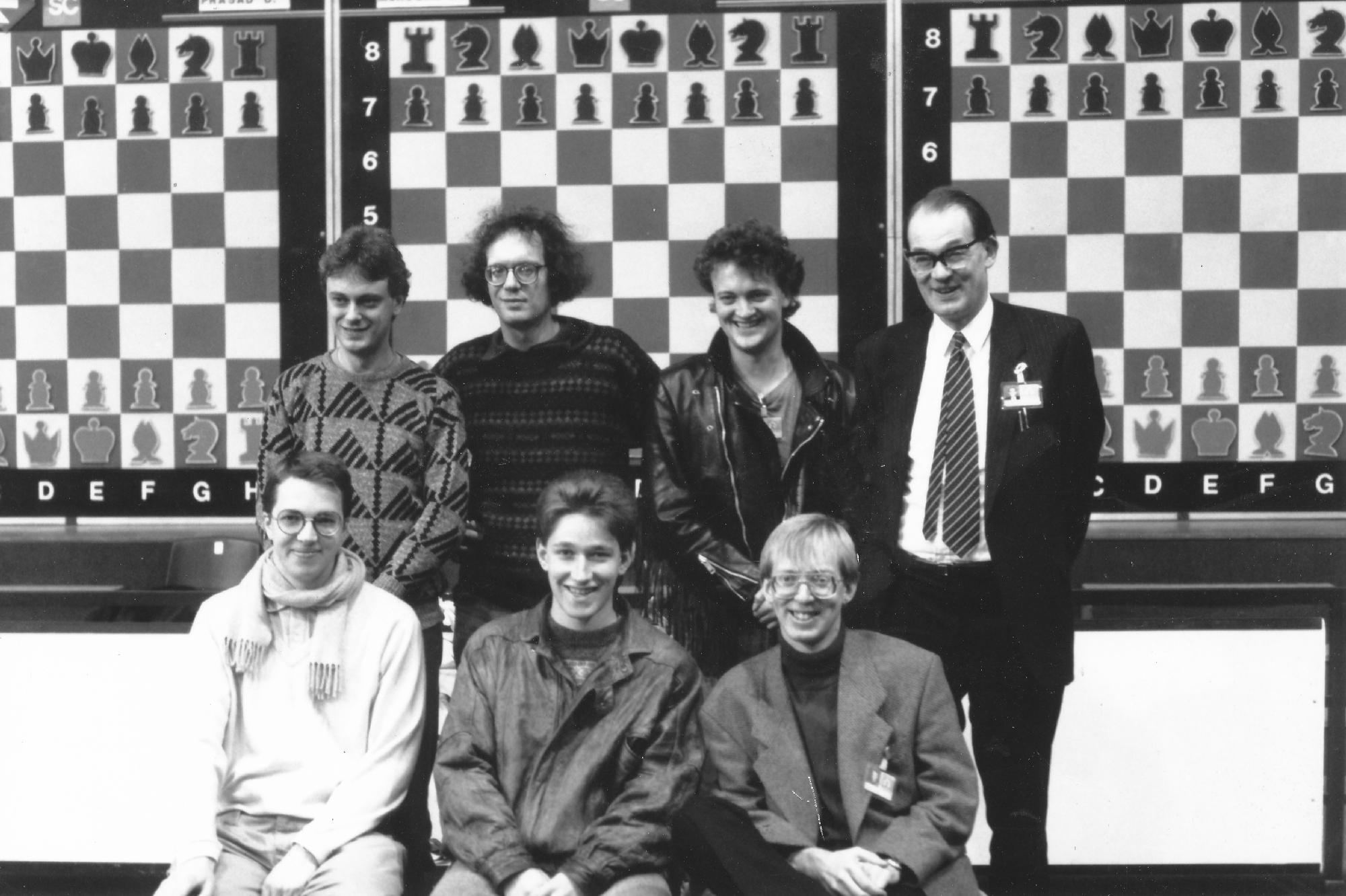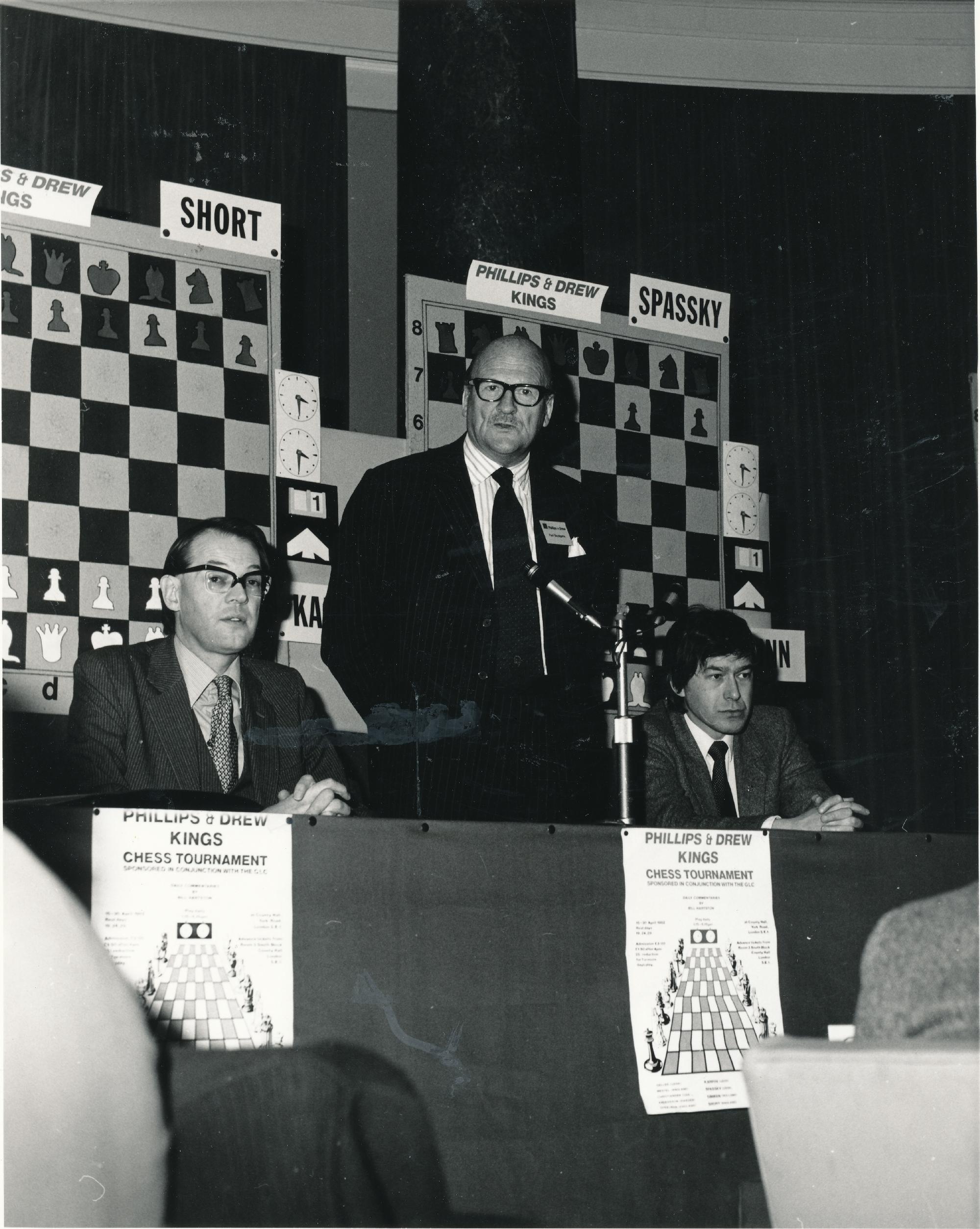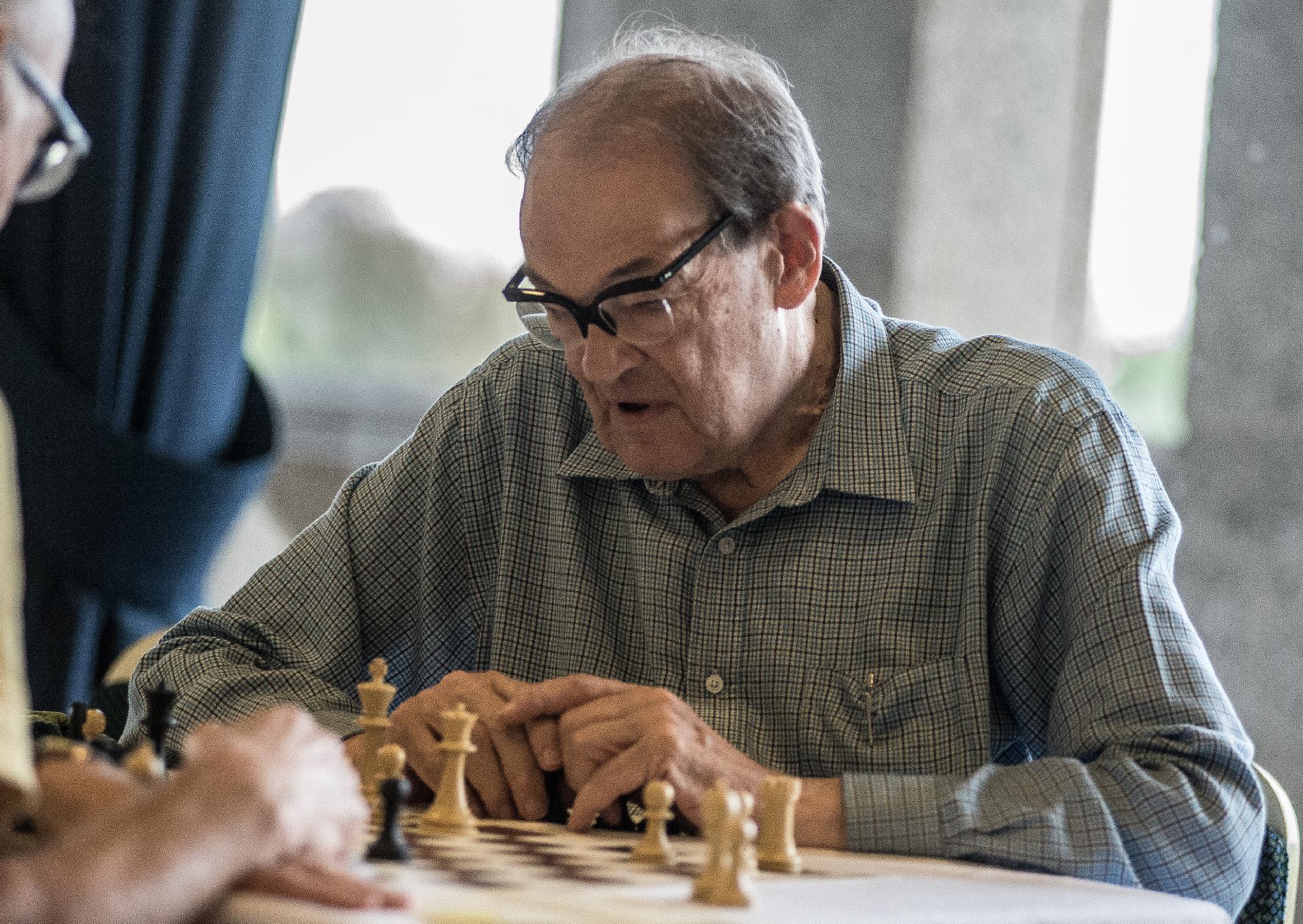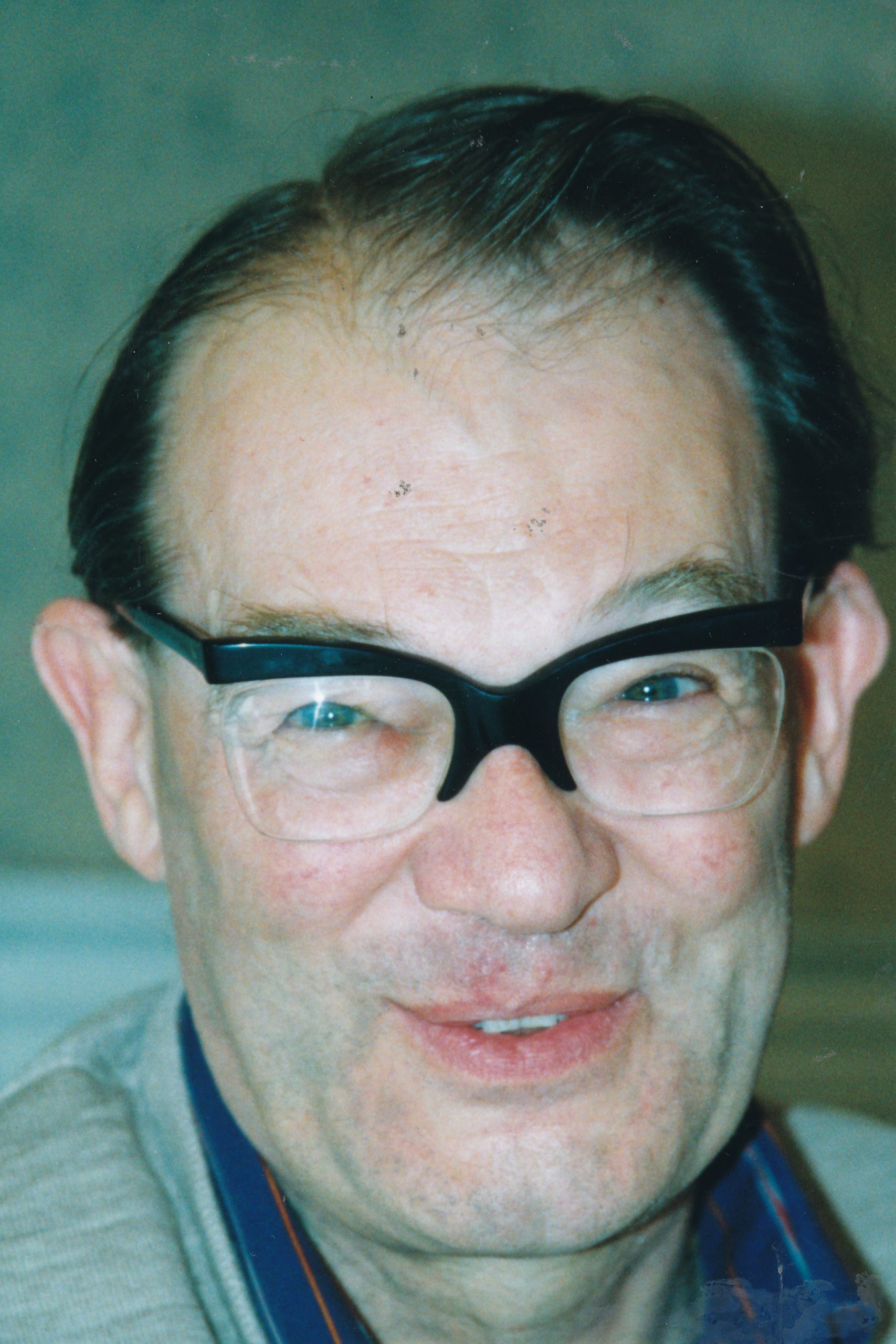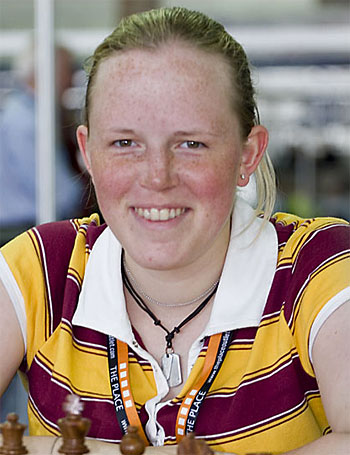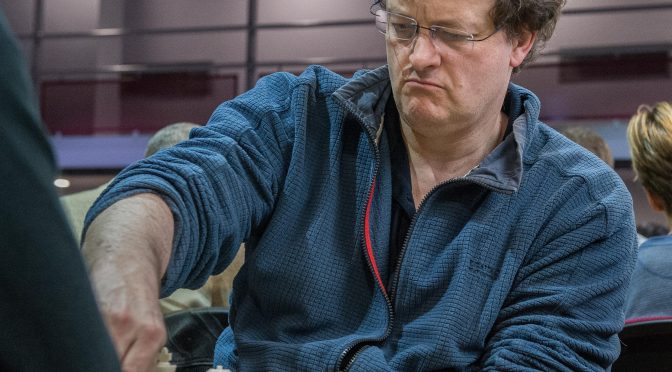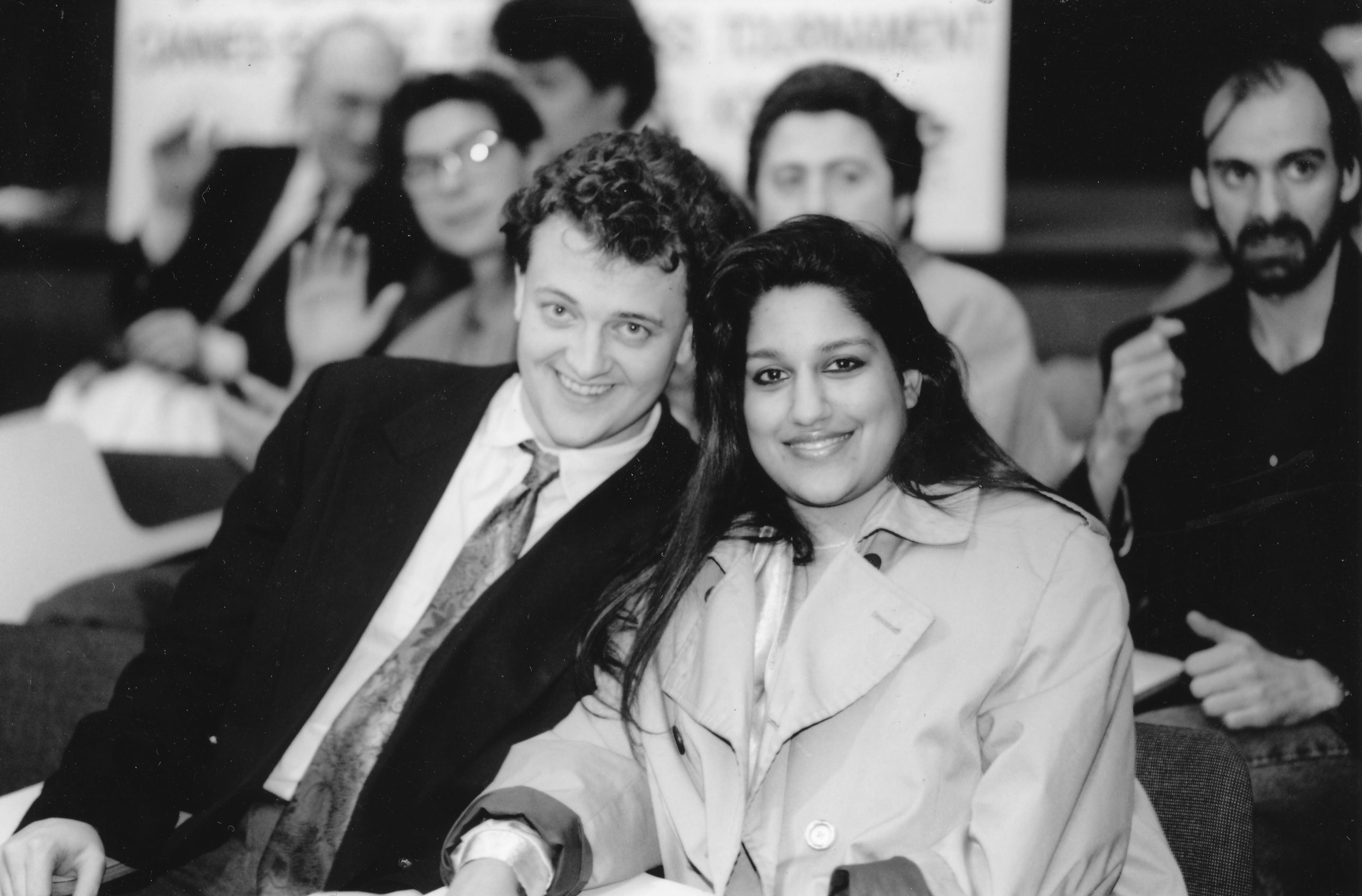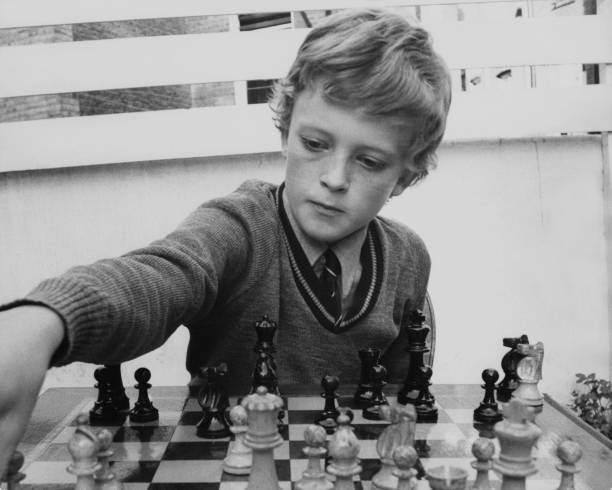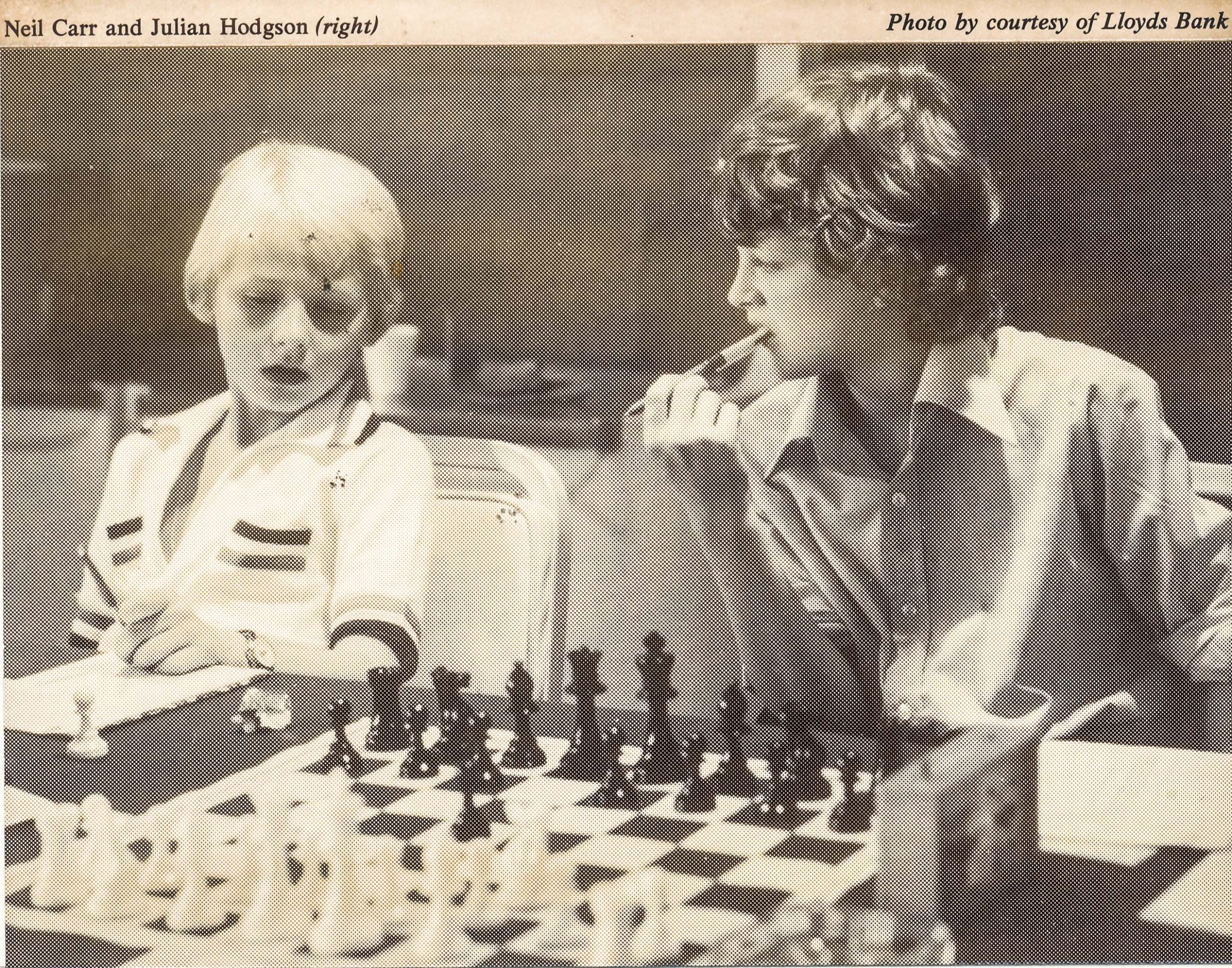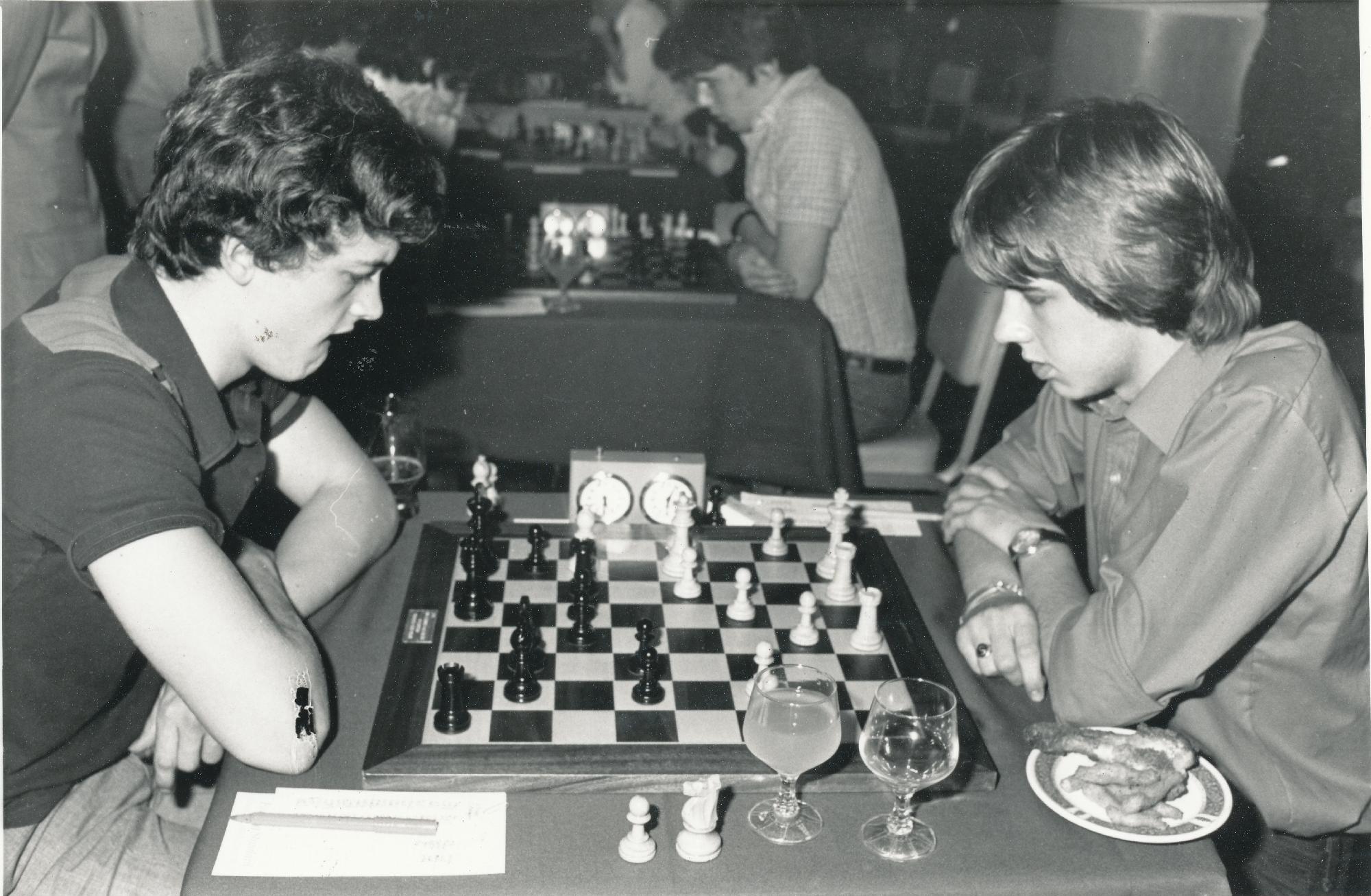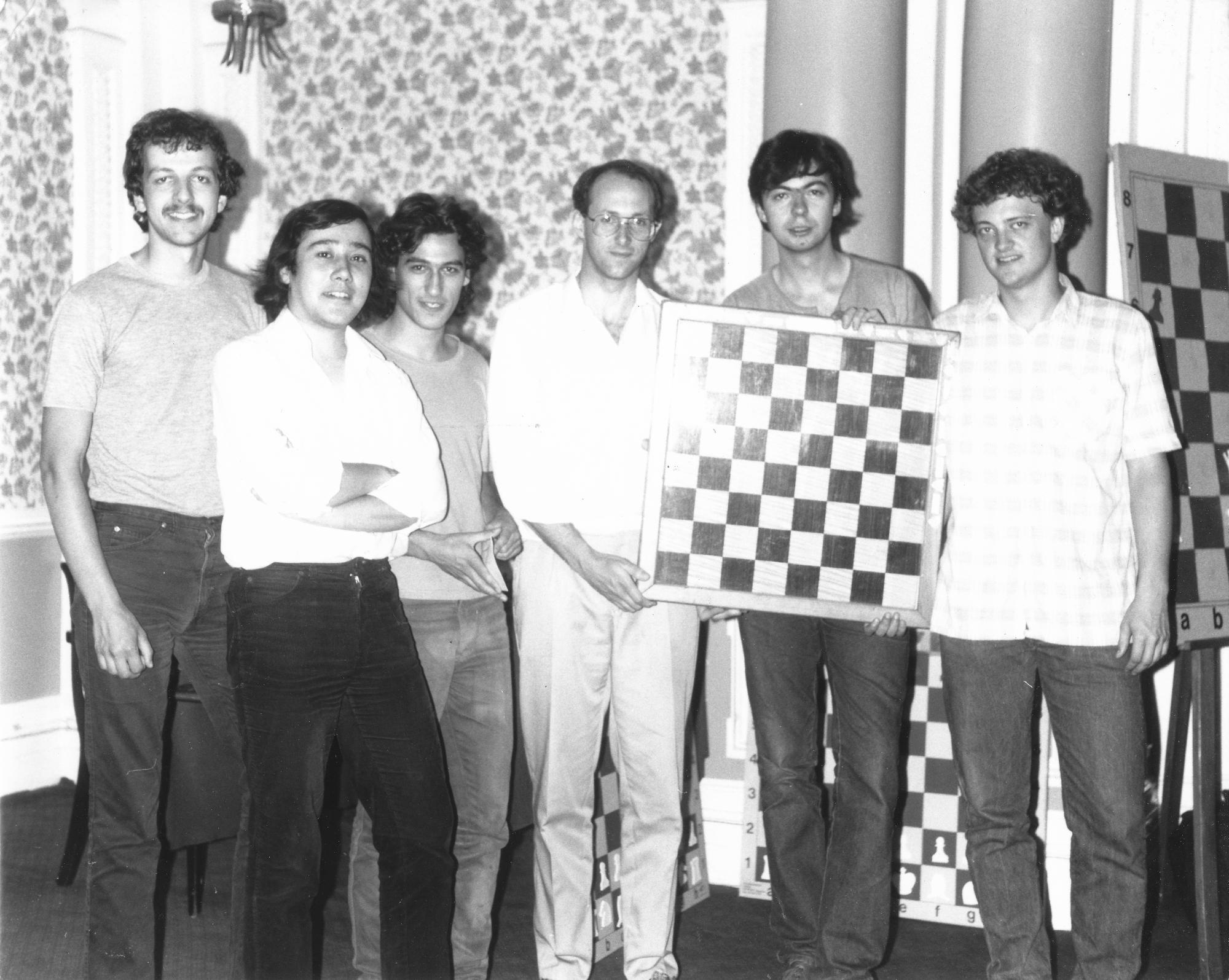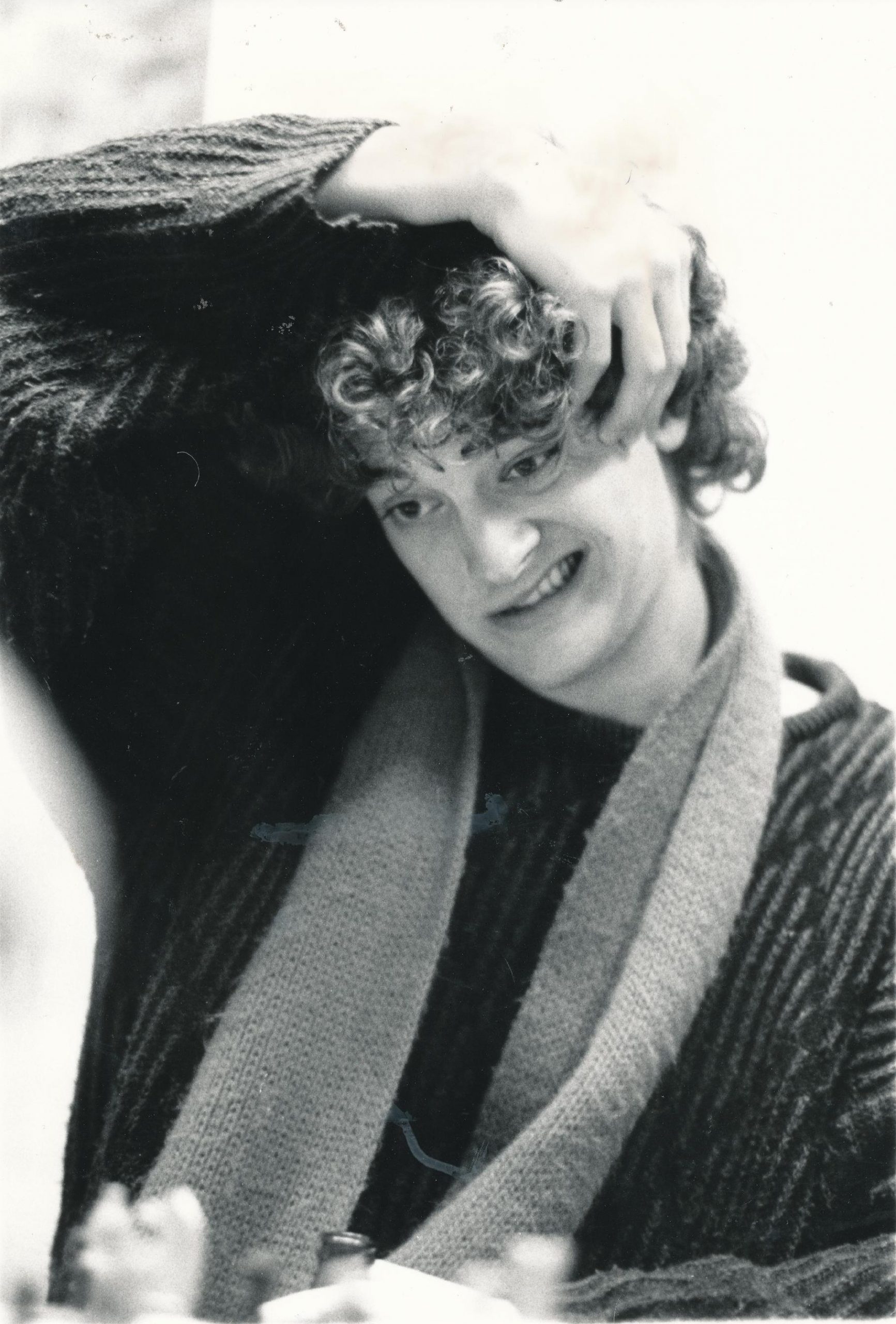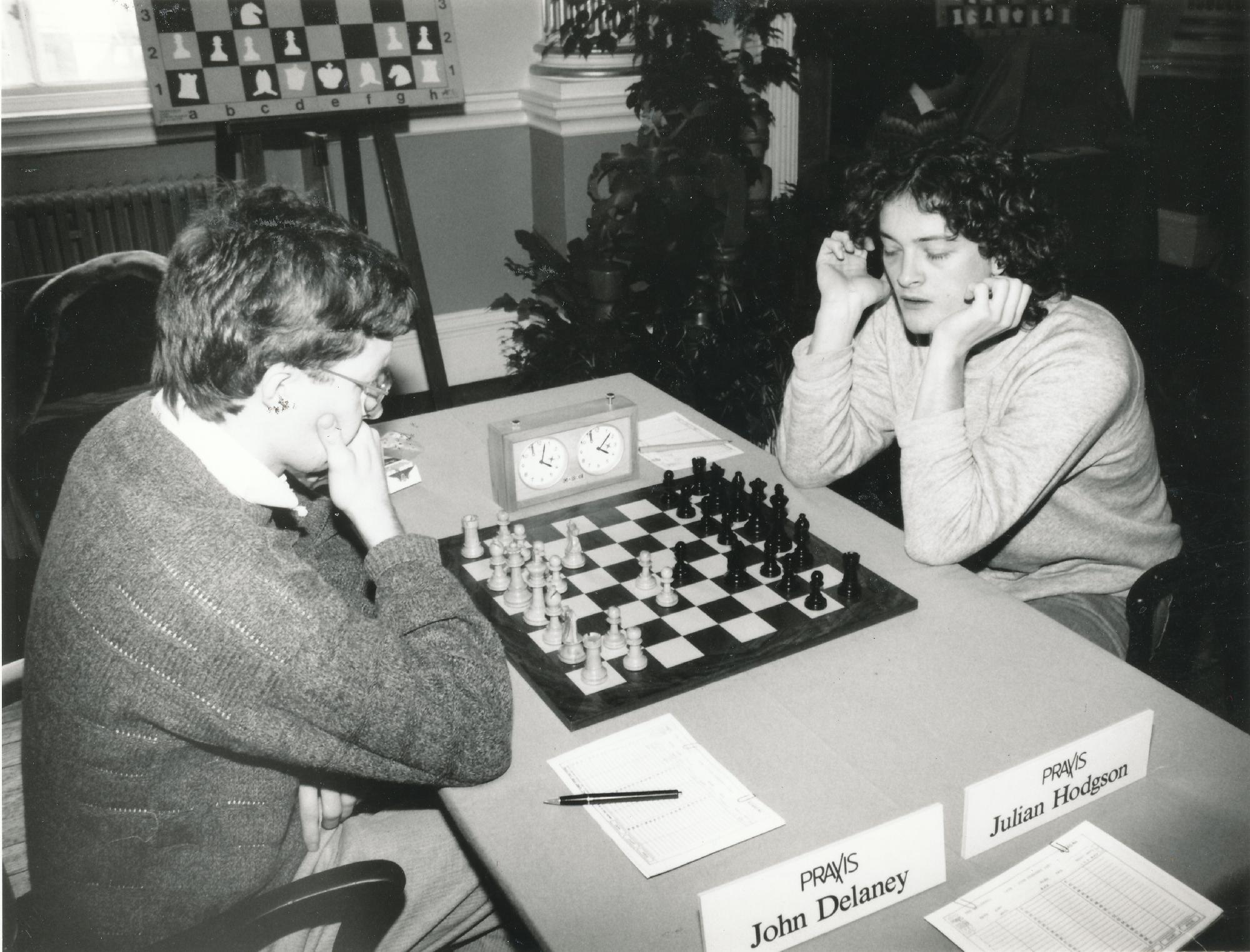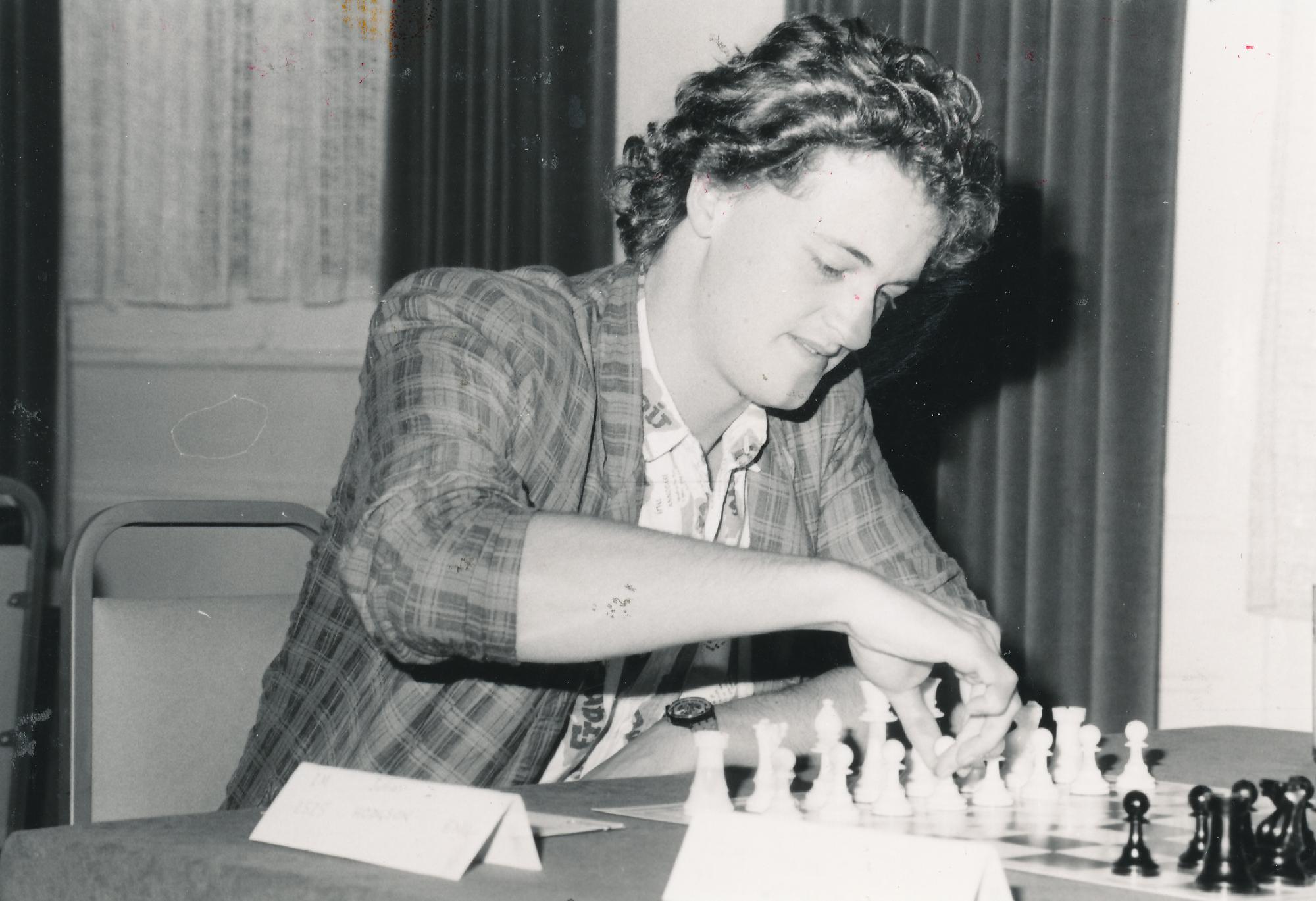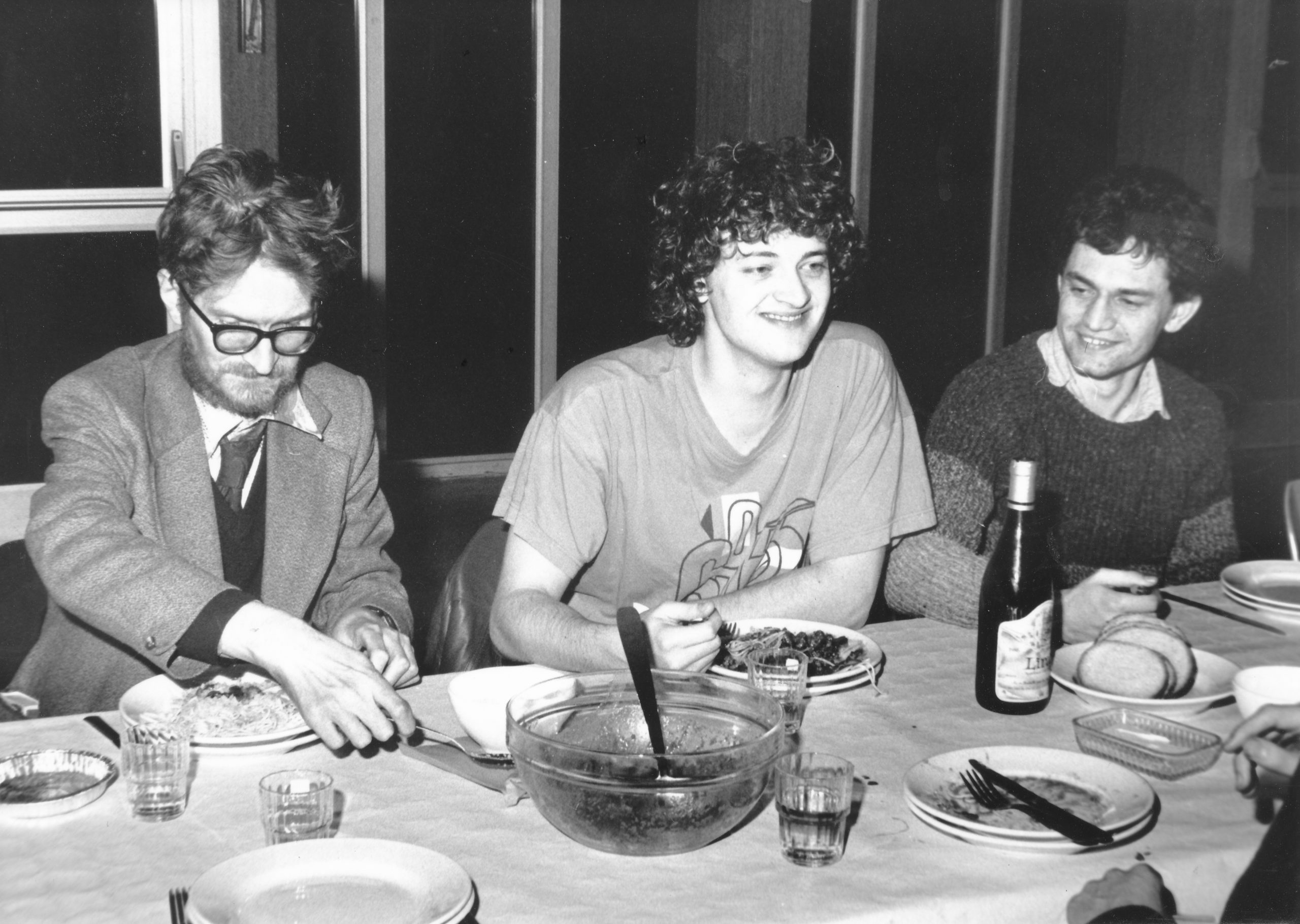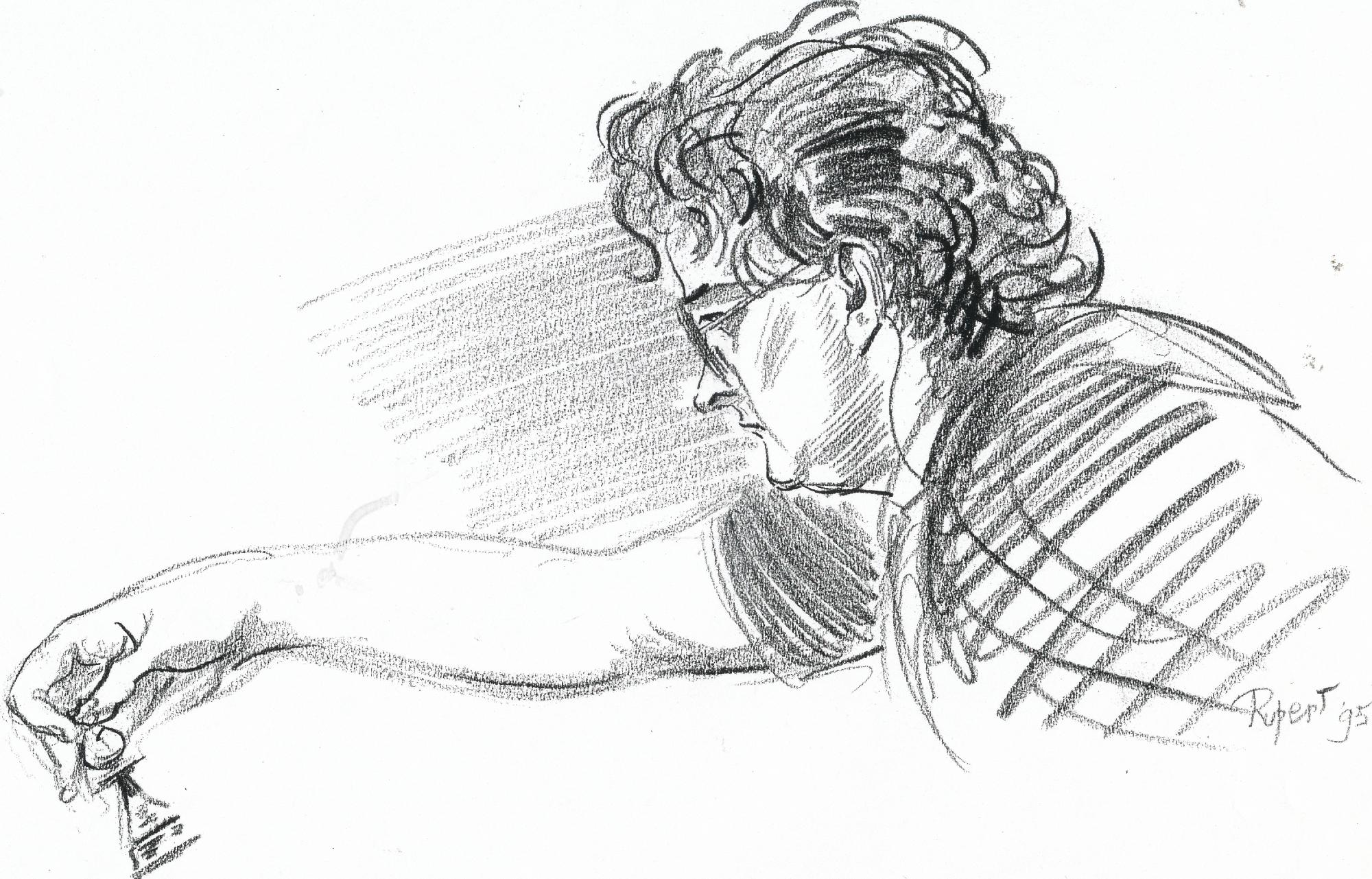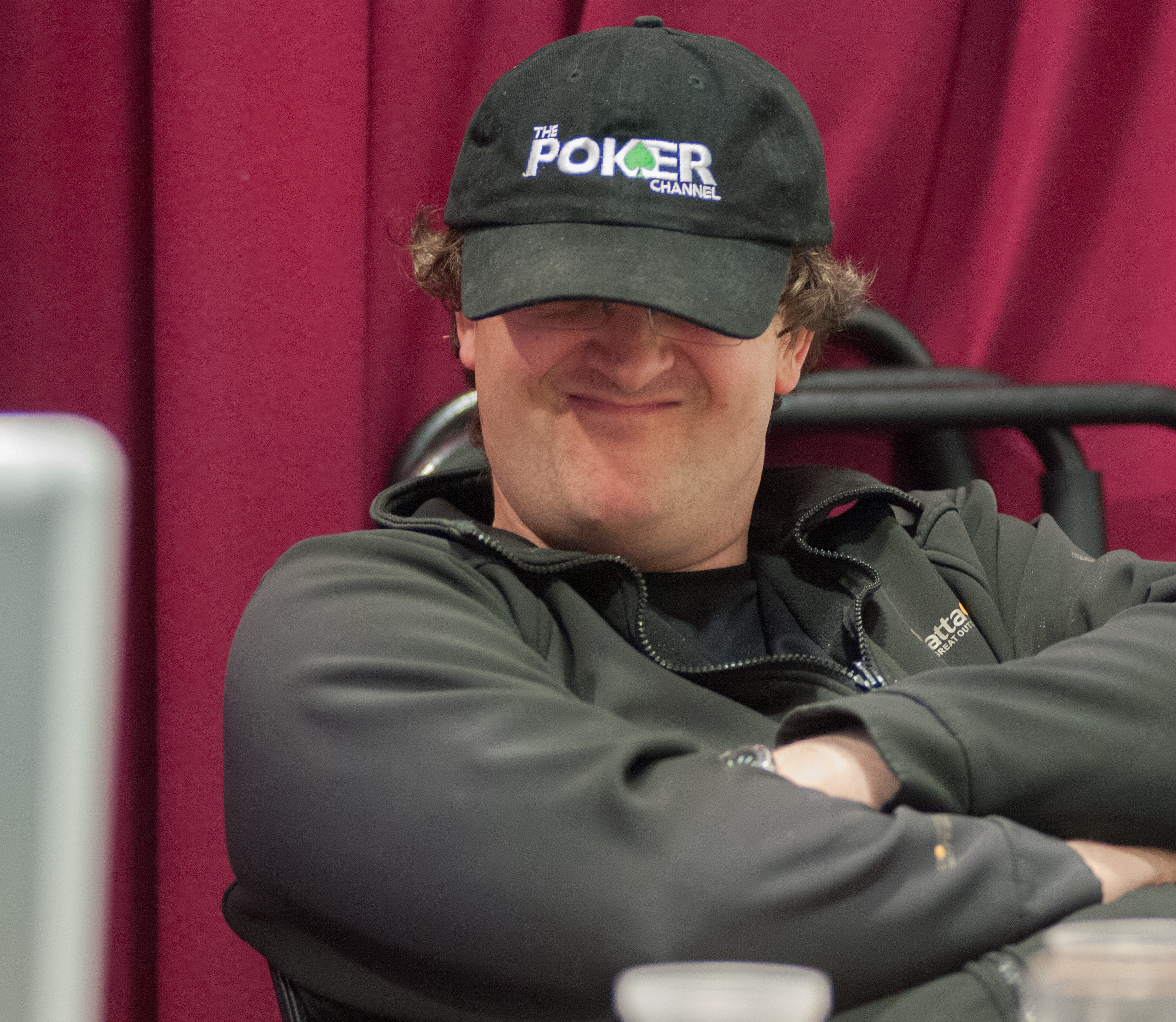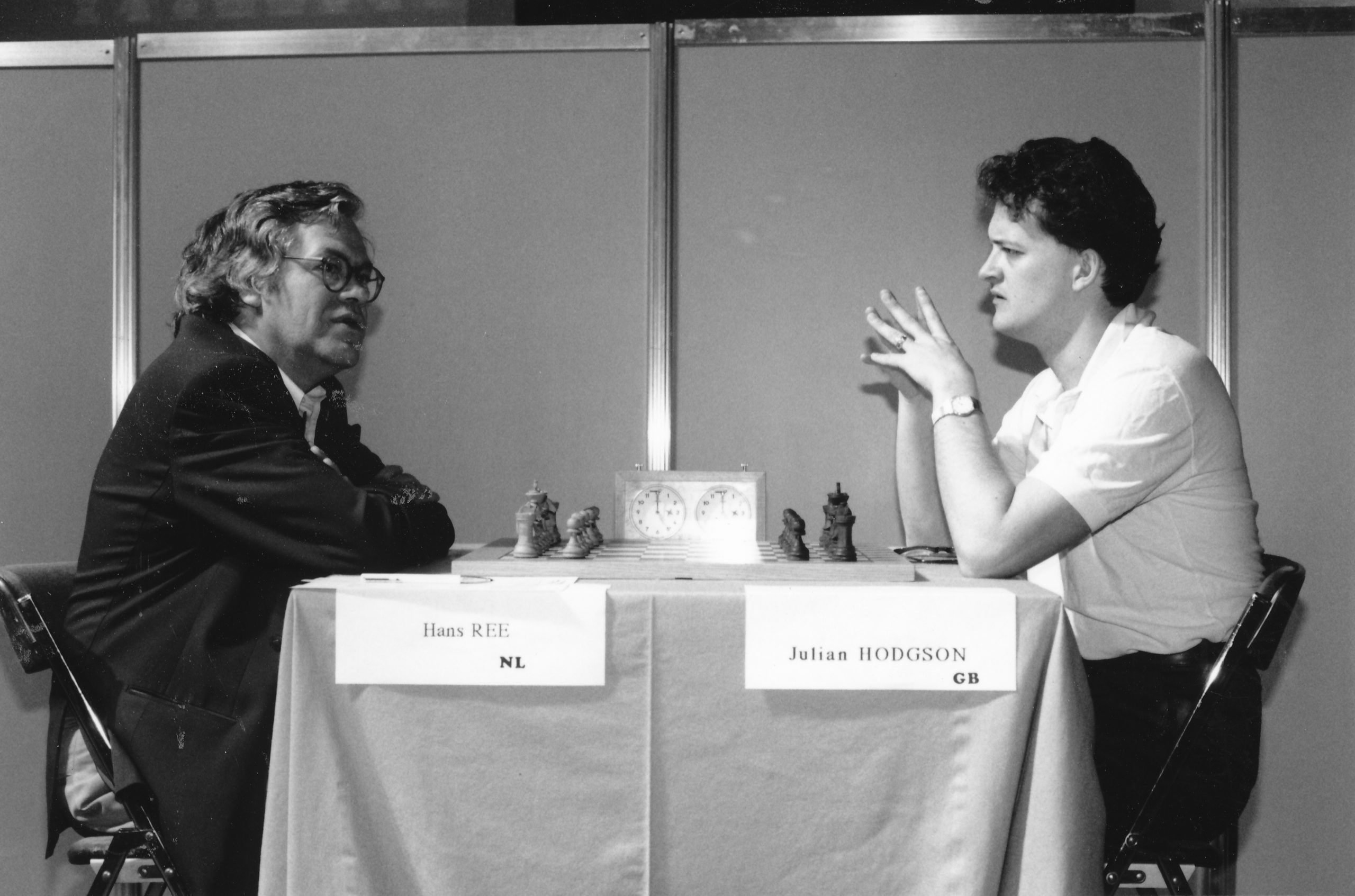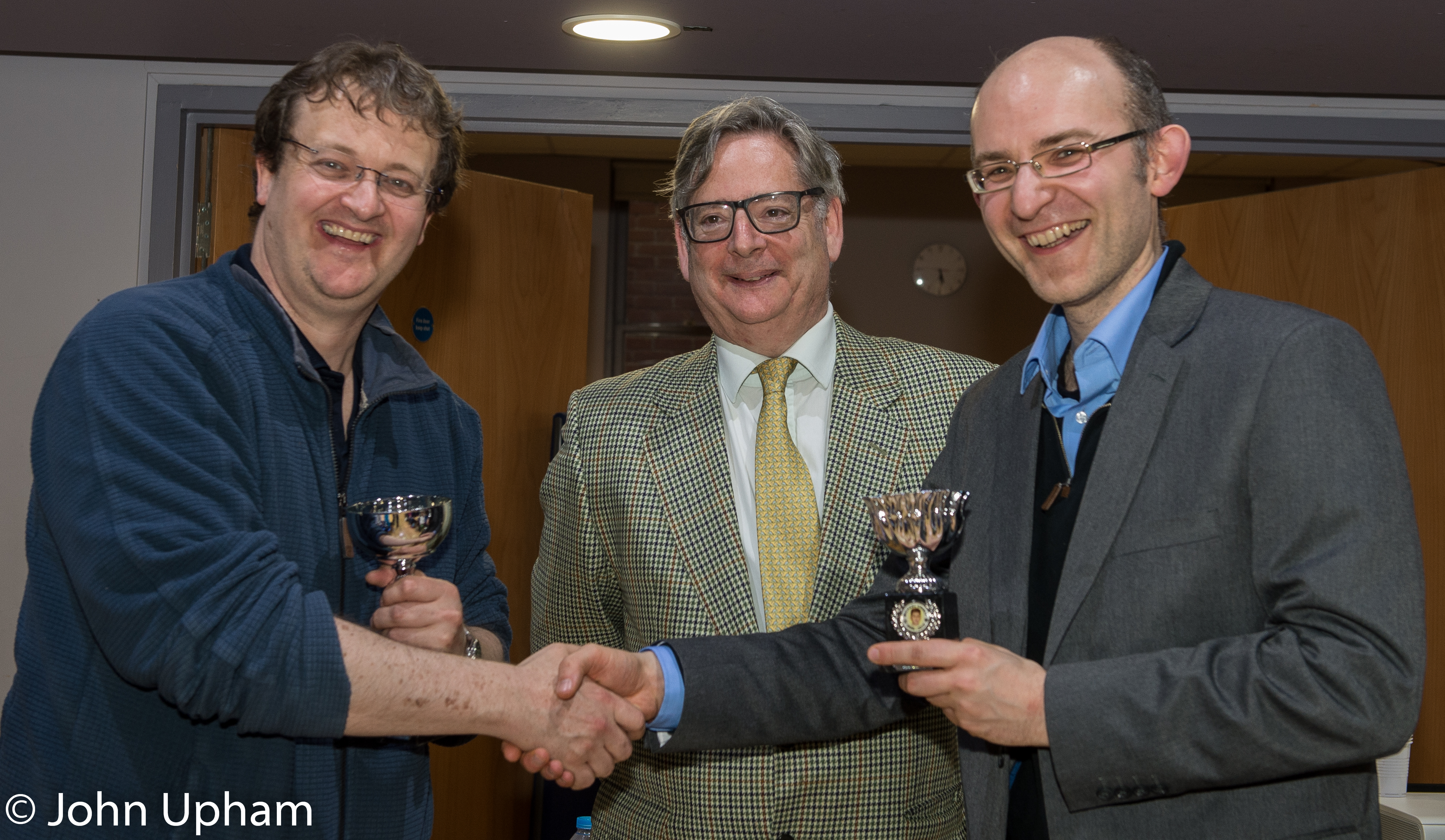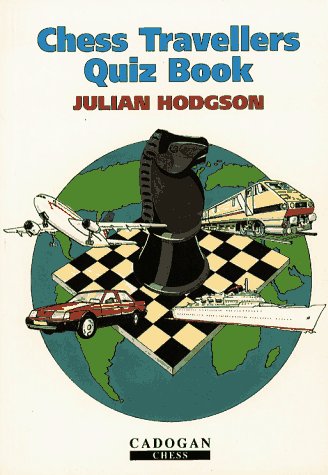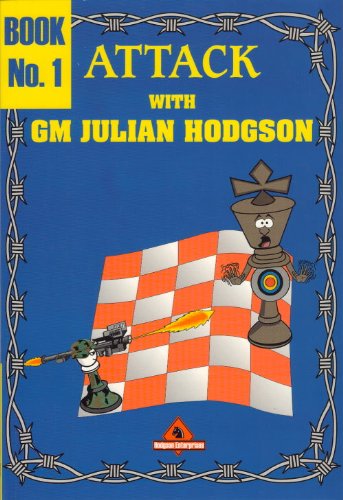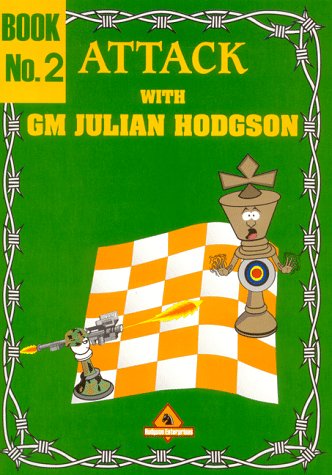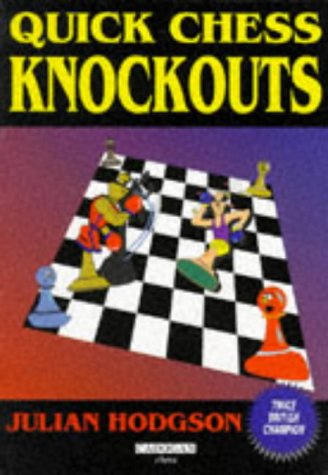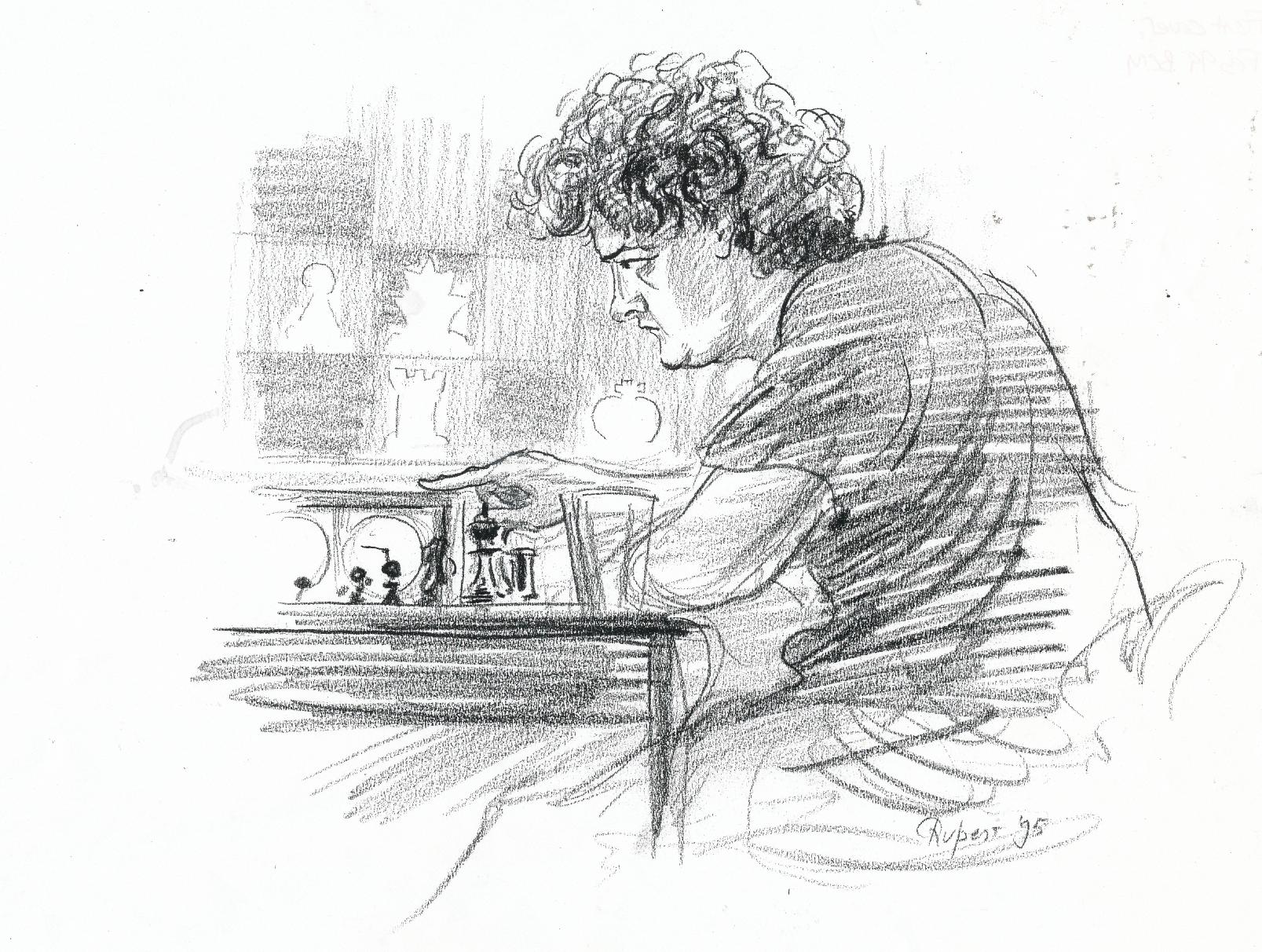
From the book’s rear cover :
“By going through the chapters, you will get acquainted with my way of grandmaster type thinking. I can assure you of one thing: there are better and weaker grandmasters, but you won’t find a GM who is playing without ideas or, let’s say, without his way of thinking! As you will find out, I am basically trying to detect the problem or goal of the position and then I am starting to scan factors which can lead to the solution. That process you will find in many examples in the book. GM Alojzije Jankovic, April 2020.”
“Alojzije Jankovic (1983) is a Grandmaster and FIDE trainer from Croatia. In 2010 he shared first place in the Croatian National Championship, was national champion in 2015, shared third place with Croatia in the European Team Championships 2017 and played for Croatia in the Chess Olympiad. He won several international tournaments and also hosts weekly the broadcast ‘Chess commentary’, Croatian national tv, third channel. This is his second book for Thinkers Publishing, after his successful co-edition with GM Zdenko Kozul on the ‘Richter Rauzer Reborn‘ updated version 2019.”
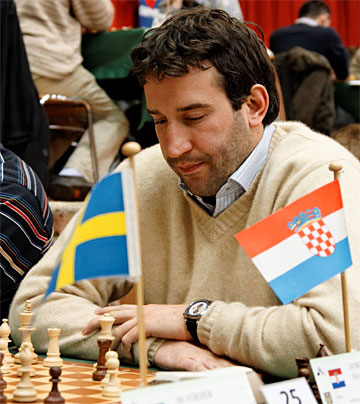
As with every recent Thinkers Publishing publication high quality paper is used and the printing is clear. The book can easily be laid flat next to the board and does not require weights to prevent it from “self-closing” (a particular bugbear of ours !). Each diagram is clear and the instructional text is typeset in two column format, which, we find, enables the reader to maintain their place easily. Figurine algebraic notation is used throughout and the diagrams are placed adjacent to the relevant text and each diagram has a “to move” indicator.
A bibliography of sources along with suggestions for further reading would have been helpful.
I was rather confused when I first saw this book. The title, The Grandmaster Mindset, suggests a book for advanced players , while the subtitle A First Course in Chess Improvement suggests a book for novices.
Let’s take a look inside and find out.
The first chapter concerns pins. We start off with Légal’s Mate, which is important for novices but hardly necessary for advanced players.
En passant, we learn what Jankovic means by the Grandmaster Mindset. First, you assess the position, just as recommended by many other authors, such as Silman. Then you look for candidate moves: you consider all checks, captures and threats, as recommended by Kotov and many others, including me, over the past half century or so. Other authors, notably Willy Hendriks, will tell you to ignore protocols of this nature, to use your intuition and ‘move first, think later’.
We soon find ourselves in deeper waters, and by the end of the chapter we’re faced with a beautiful endgame study (M Matouš 1975) which is analysed in depth.
The second chapter, Candidate Moves, only seems to repeat the lessons from Chapter 1: if you assess the position and look for forcing moves you can find brilliant queen sacrifices.
Chapter 3, the longest in the book, brings with it a change of scenery. Useful endings: we have some pawn endings, rook against pawn, queen against rook, the bishop and knight checkmate explained in some detail, and finally rook against knight, again at length.
We’re back to tactics in Chapter 4, Knight Geometry.
This is Zvjaginsev-Schwarz (Novi Sad 2016).
White won with the aesthetically pleasing 44. Rxa6!! bxa6 45. b7 Qd8 46. Qxh6+!! Kxh6 47. Nxf7+. Beautiful, to be sure, with symmetrical major piece sacrifices on a6 and h6, but the queen sacrifice wasn’t necessary: 45. f4 Rg6 46. b7 was just as effective. (Note that 44. f4 also worked, but not, in the game, 46. f4? Qa5! and Black has a perpetual.) Perhaps this might have been mentioned.
The tactical ideas continue: Back Rank Mate (Chapter 5), Lure the King (Chapter 6: sacrificing a piece to expose the enemy king to danger), Unexpected Moves (Chapter 7: a collection of fairly random examples which you can discover by looking for Checks, Captures and Threats), Power of the Rooks (Chapter 8), Sudden Attack on the King (Chapter 9).
Chapter 10 is entitled Burying, which is a new one to me. The explanation, that it’s a very important tactical element when attacking the opponent’s king, didn’t leave me much wiser. It seems to be something to do with taking away the king’s escape squares, but who knows?
In this position (Dizdarevic-Miles Biel 1985) Tony played a classic double bishop sacrifice: 13… Bxh2+! 14. Kxh2 Qh4+ 15. Kg1. Now after the immediate and obvious 15… Bxg2, 16. f3 defends. Instead, 15… Bf3!! (‘Burying!’) 16. Nd2 Bxg2!, and as the queen can no longer defend along the second rank, Black wins in short order.
There’s more to come: Underpromotion to a Knight in Chapter 11, and Different Tactical Motives in Chapter 12, but the whole book seems to me fairly random.
If you want to see some beautiful and spectacular chess, you’ll find a lot of great examples in this book: some hackneyed (the queen sac and knight fork from the 1966 Petrosian-Spassky match must have been in almost every tactics book for the past half century, and the Topalov-Shirov bishops of opposite colours ending for the past 20 years) but many unfamiliar.
Jankovic, by and large, explains his examples well and has an attractively friendly style of writing.
However, for this reviewer at least, the whole is rather less than the sum of its parts. With its mixture of elementary and advanced examples the book’s target market is not clear. The ‘Grandmaster Mindset’ advice (assess the position and consider candidate moves looking at checks, captures and threats) is far from original and, you might think, rather too simplistic. The contents seem fairly random (showy sacrifices, with some technical endings thrown in for good measure) but typical of what appears to pass for chess tuition in some circles. I’ll be writing a lot more about this at some point in the future.
It would require quite a lot of fleshing out, but there were potentially two much more useful books here. A book on finding tactical surprises, using the examples here but with the addition of exercises for the reader to solve. And then a much expanded version of Chapter 3 dealing with technical endings.
A qualified recommendation, then, but perhaps a missed opportunity which would have benefited from a more proactive approach from the publishers.
Richard James, Twickenham 13th August 2020

Book Details :
- Hardcover : 200 pages
- Publisher:Thinkers Publishing; 1 edition (14 July 2020)
- Language: English
- ISBN-10:9492510774
- ISBN-13:978-9492510778
- Product Dimensions: 16.8 x 1.8 x 23.4 cm
Official web site of Thinkers Publishing


